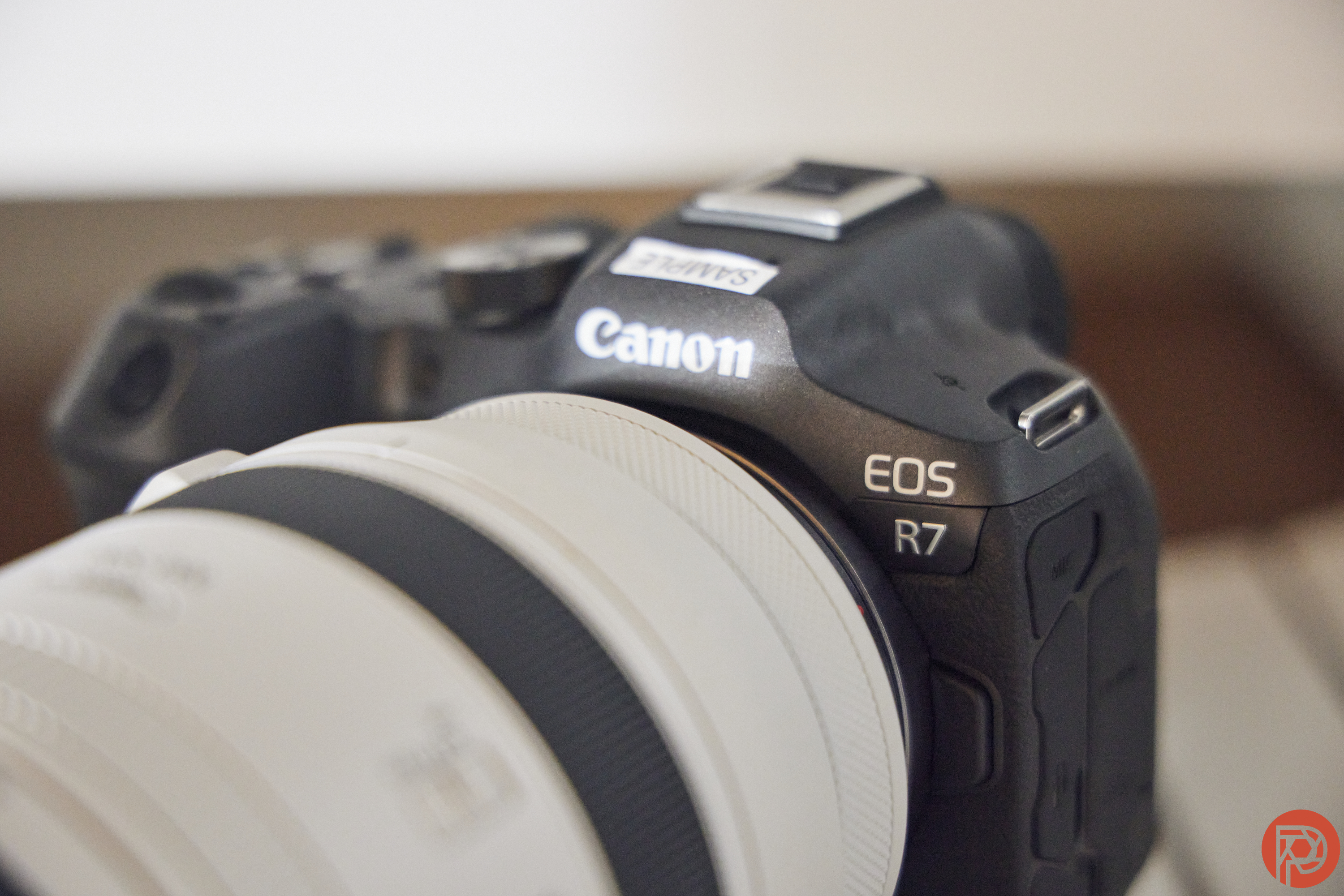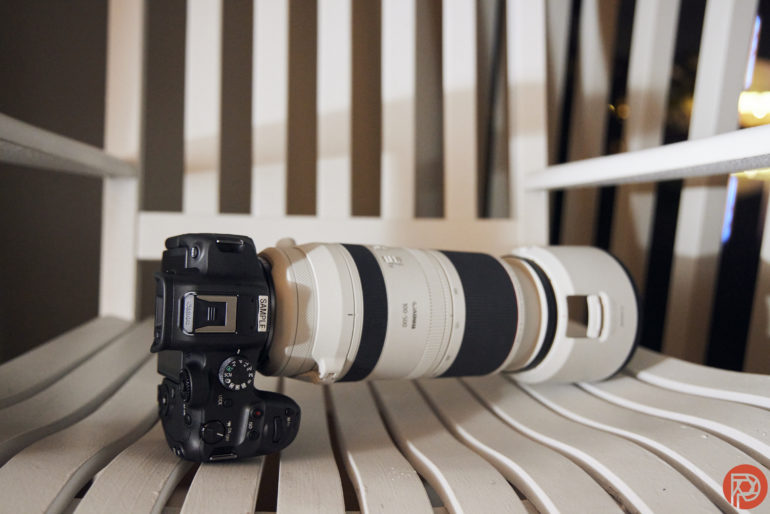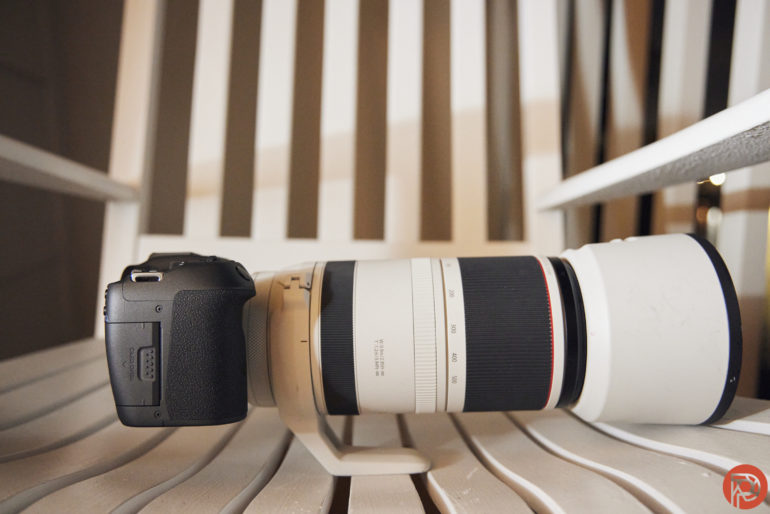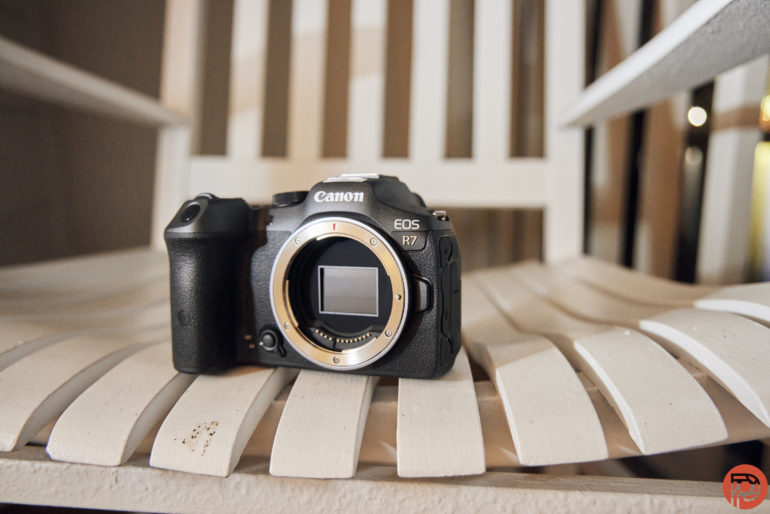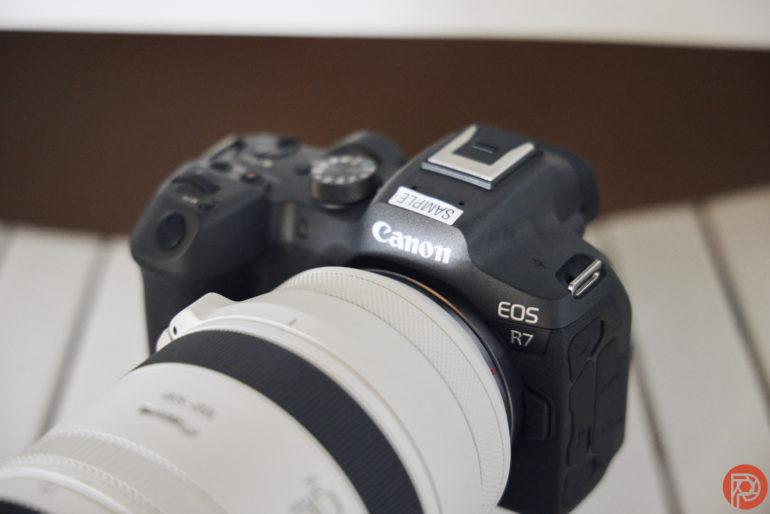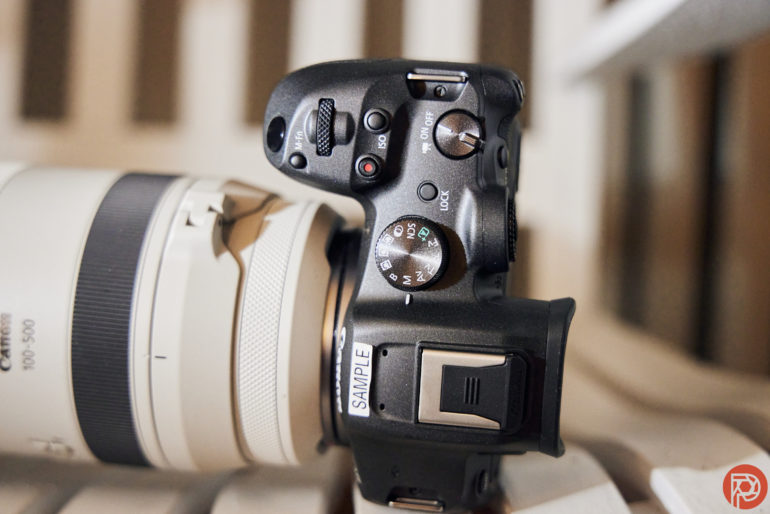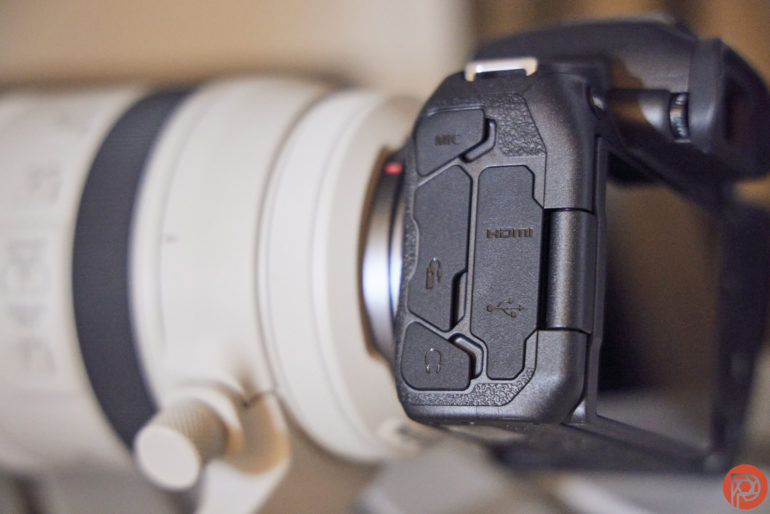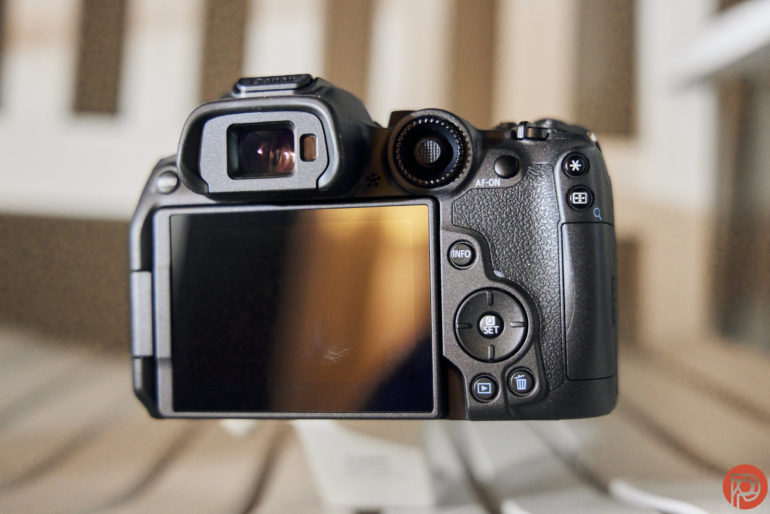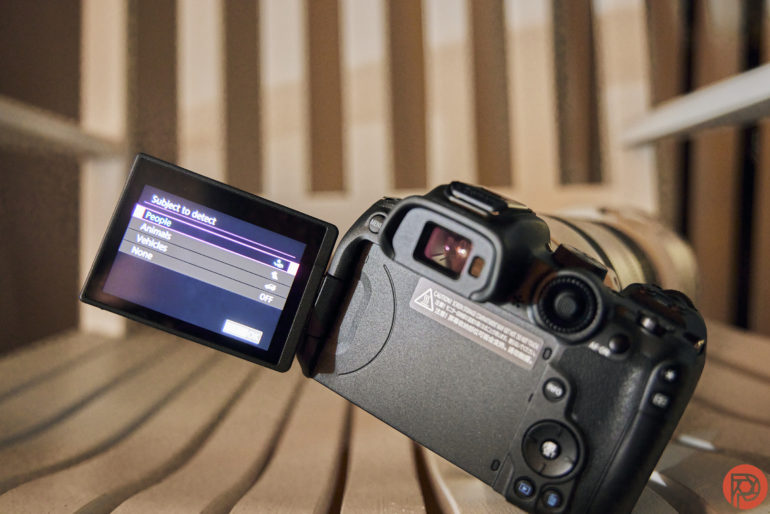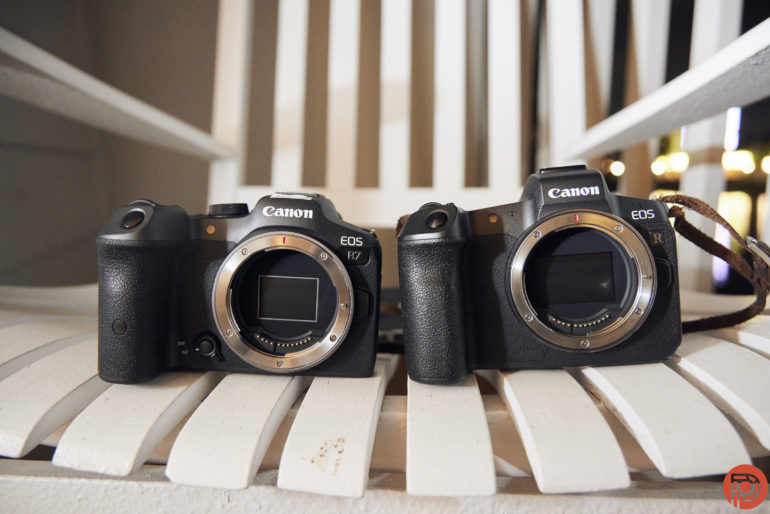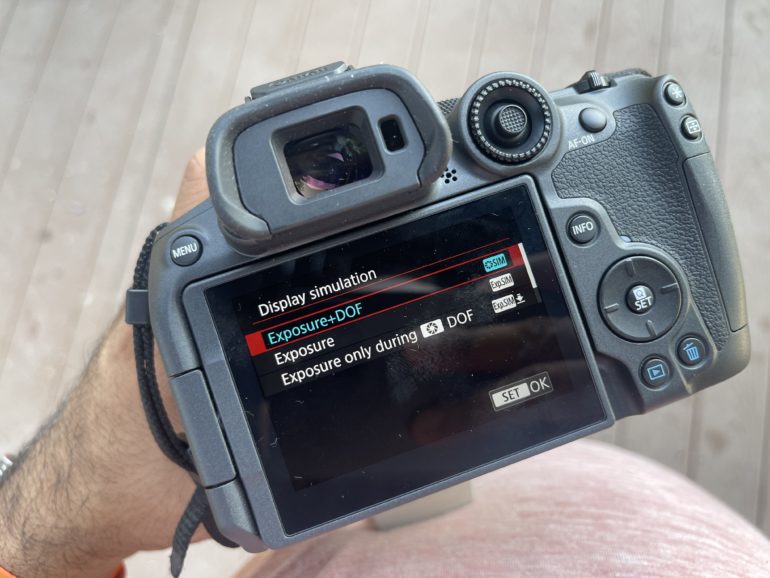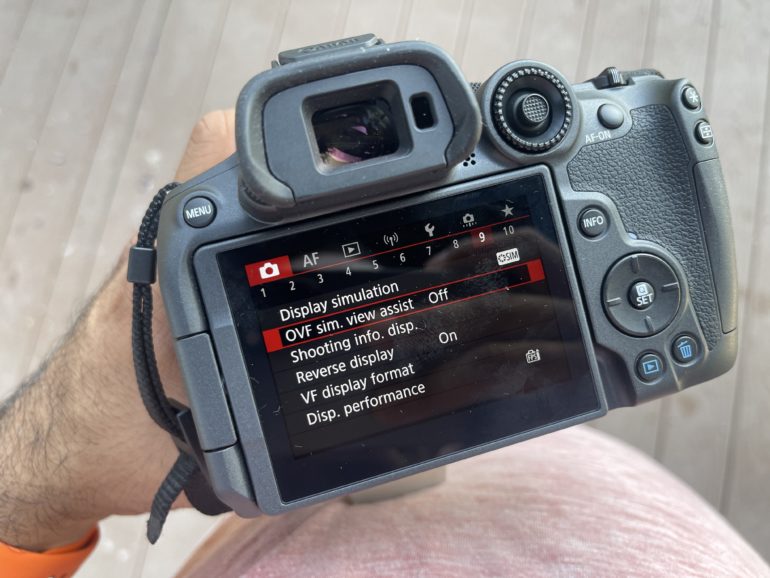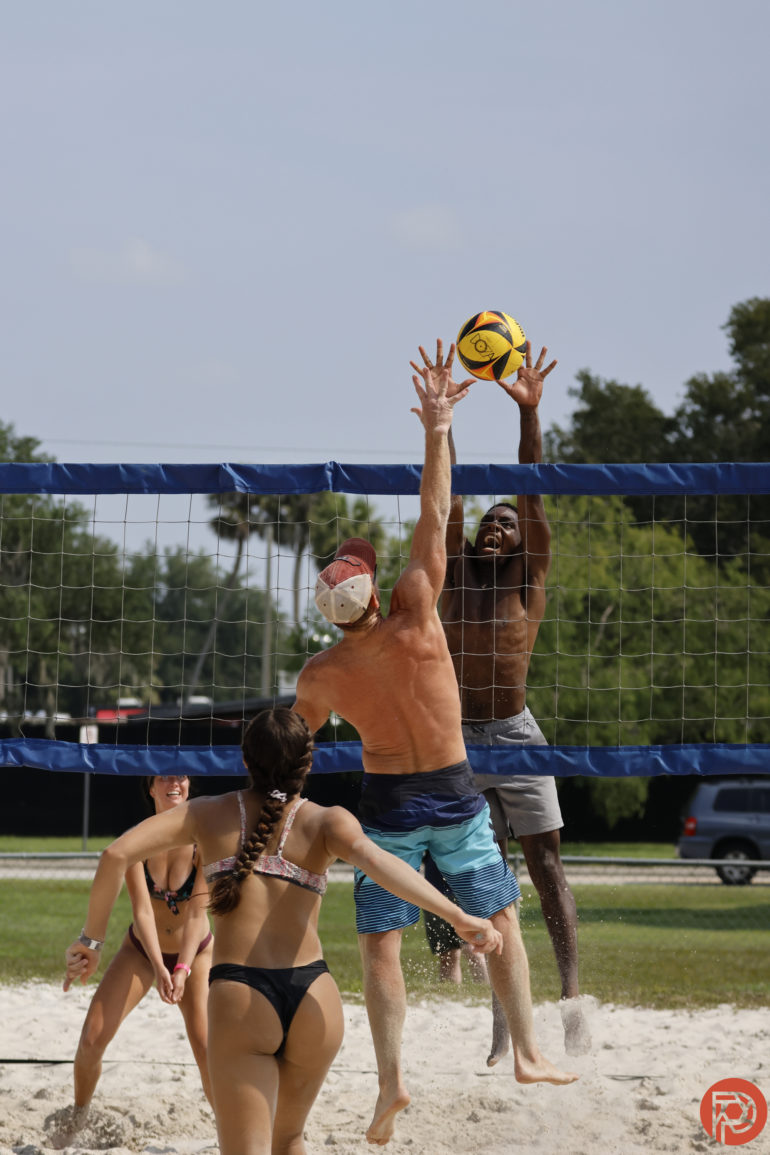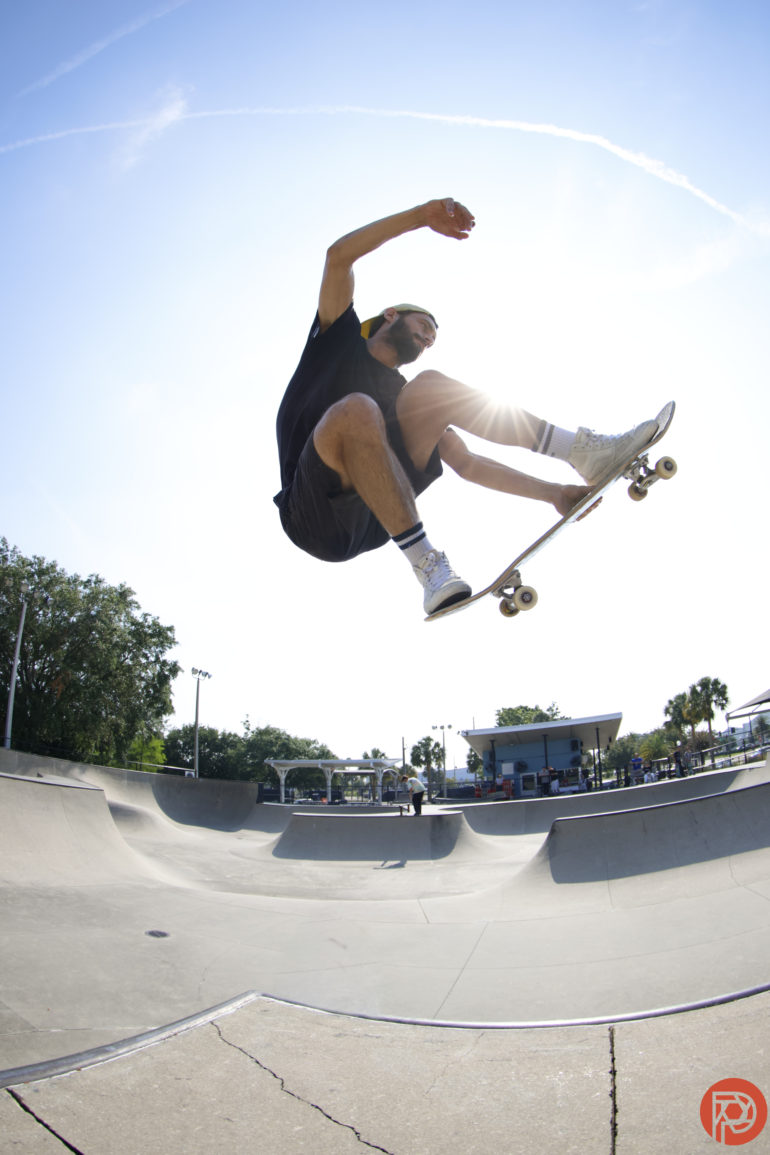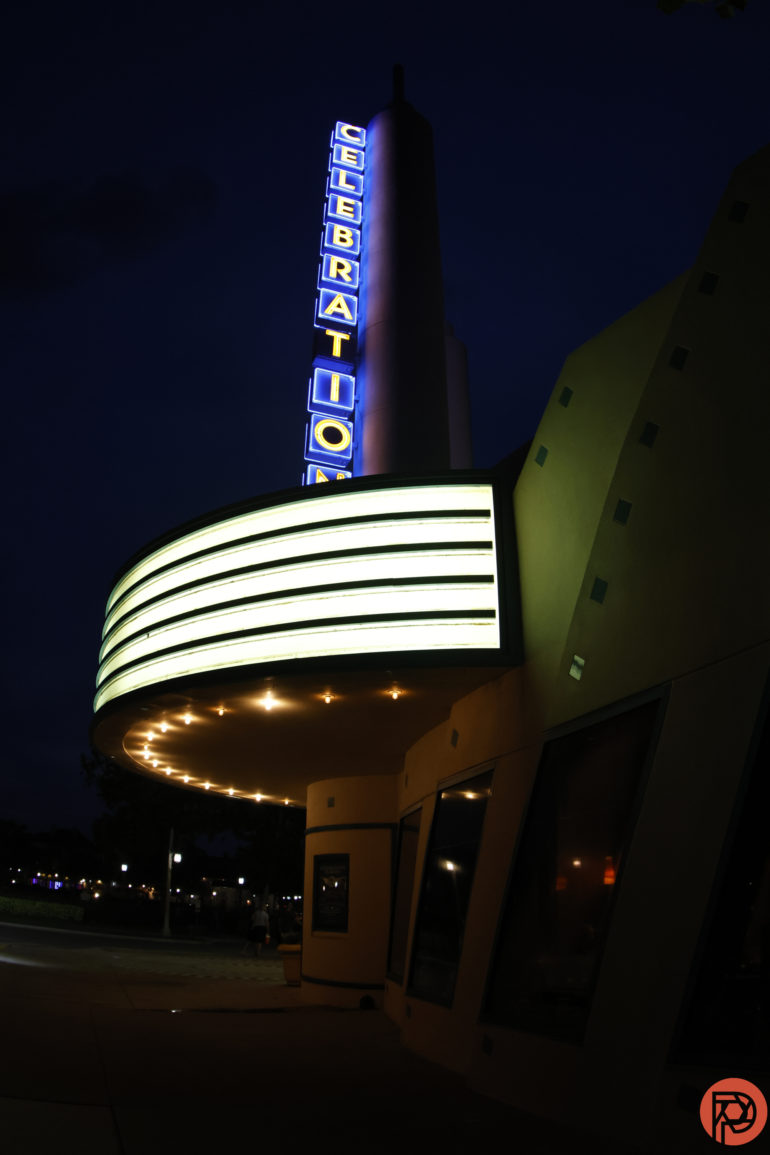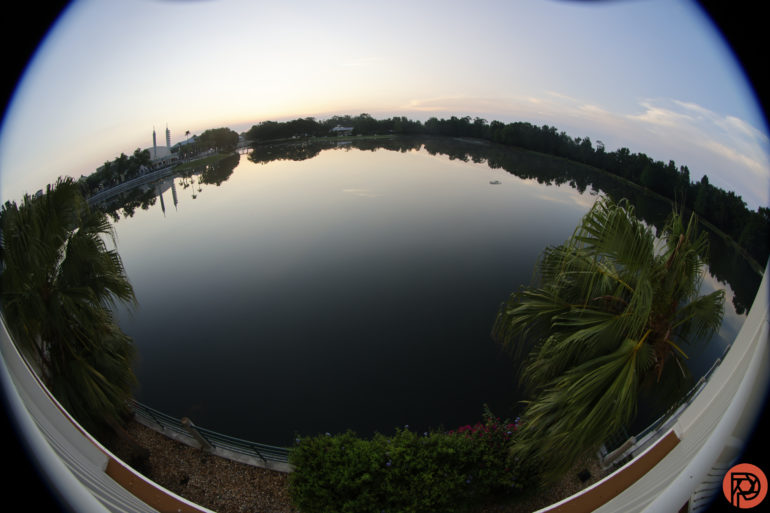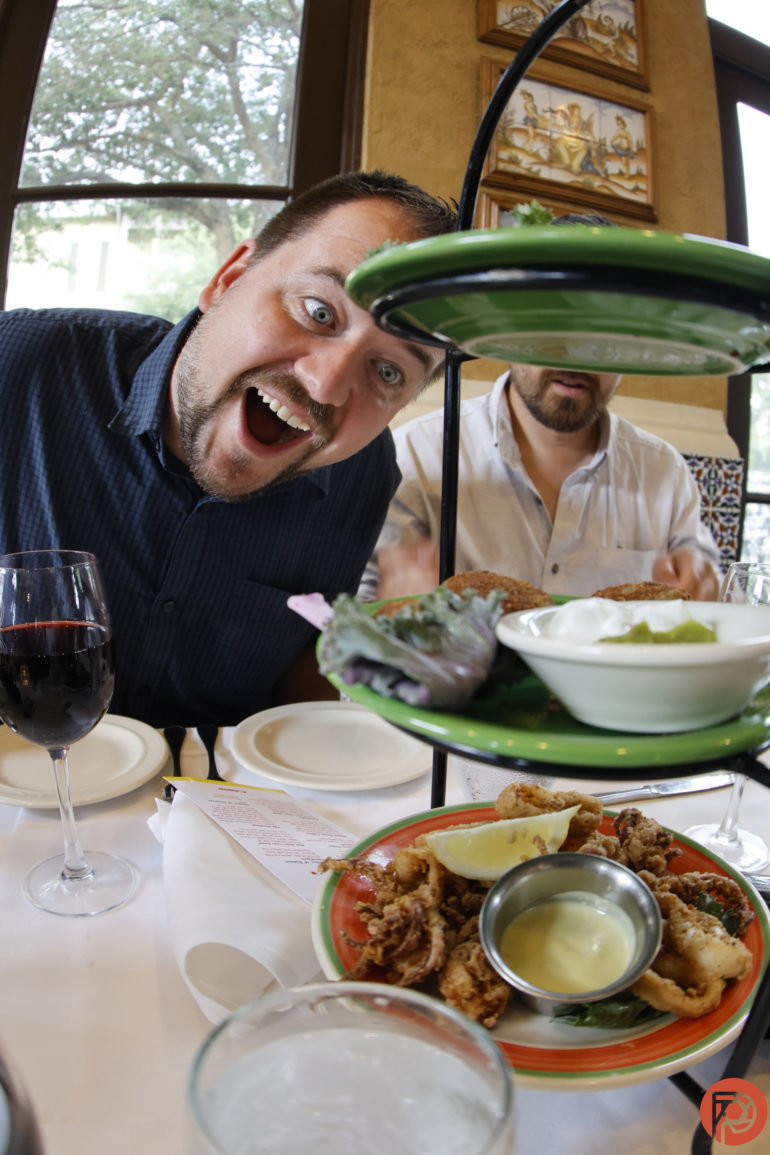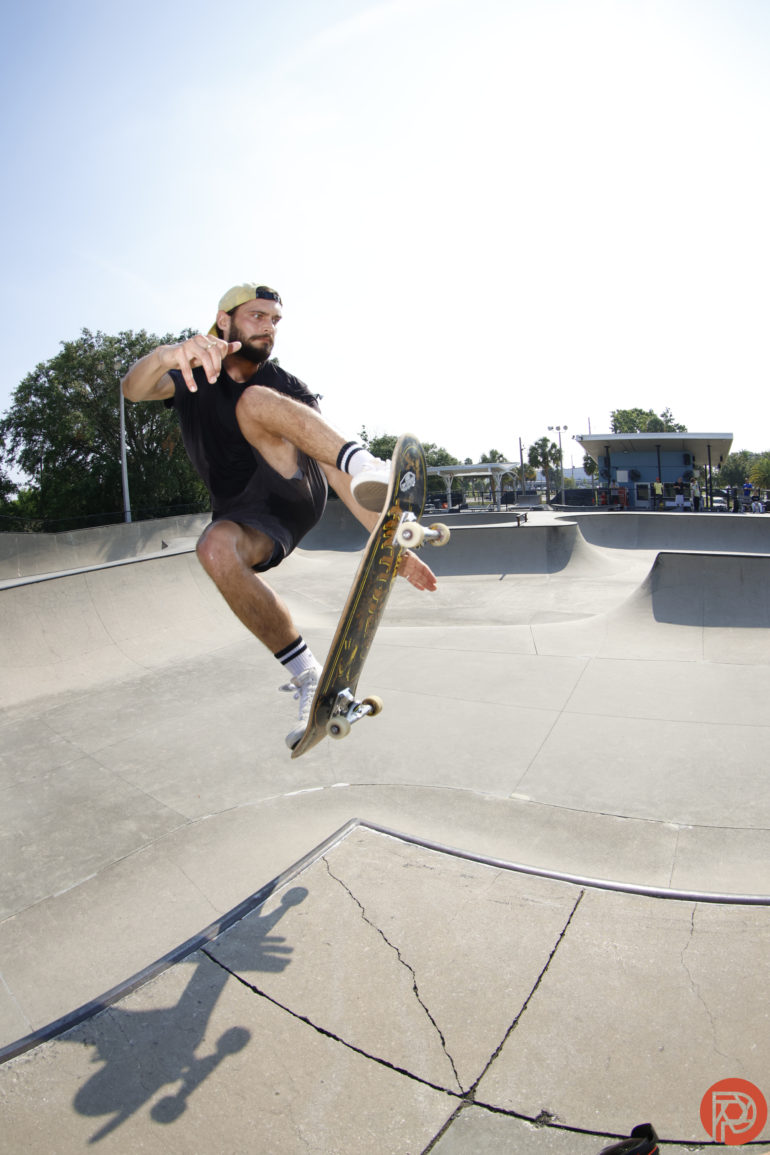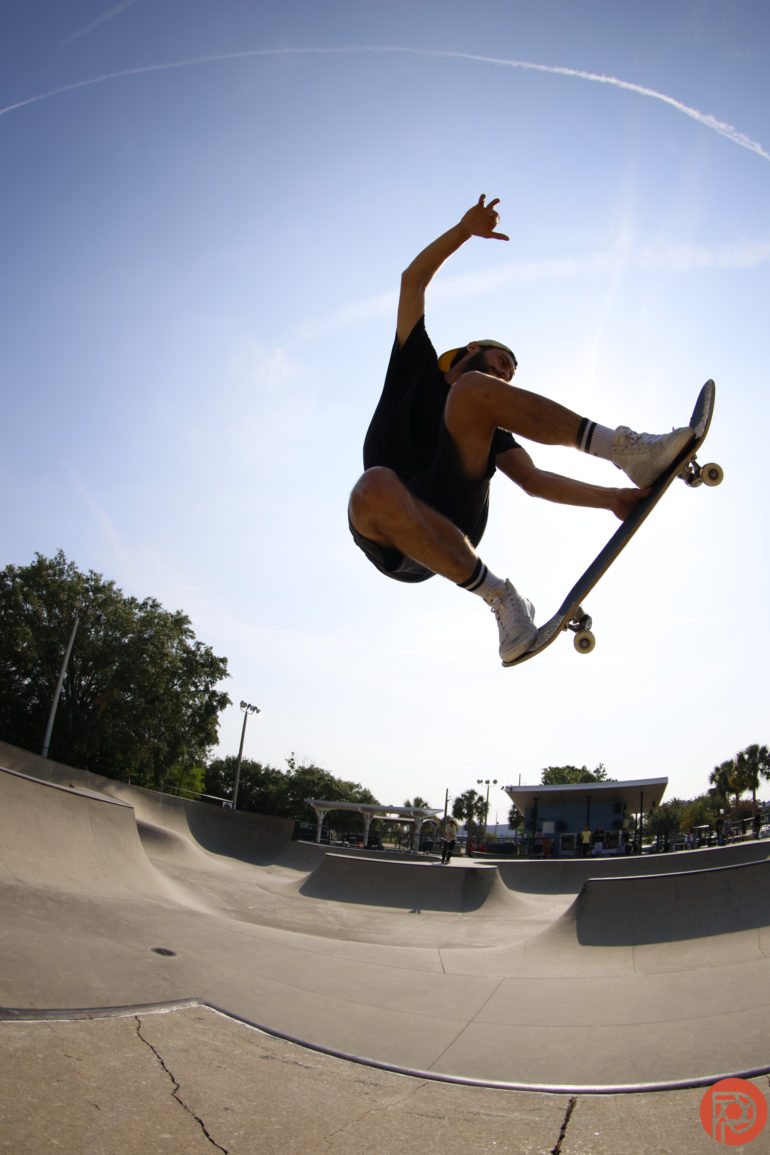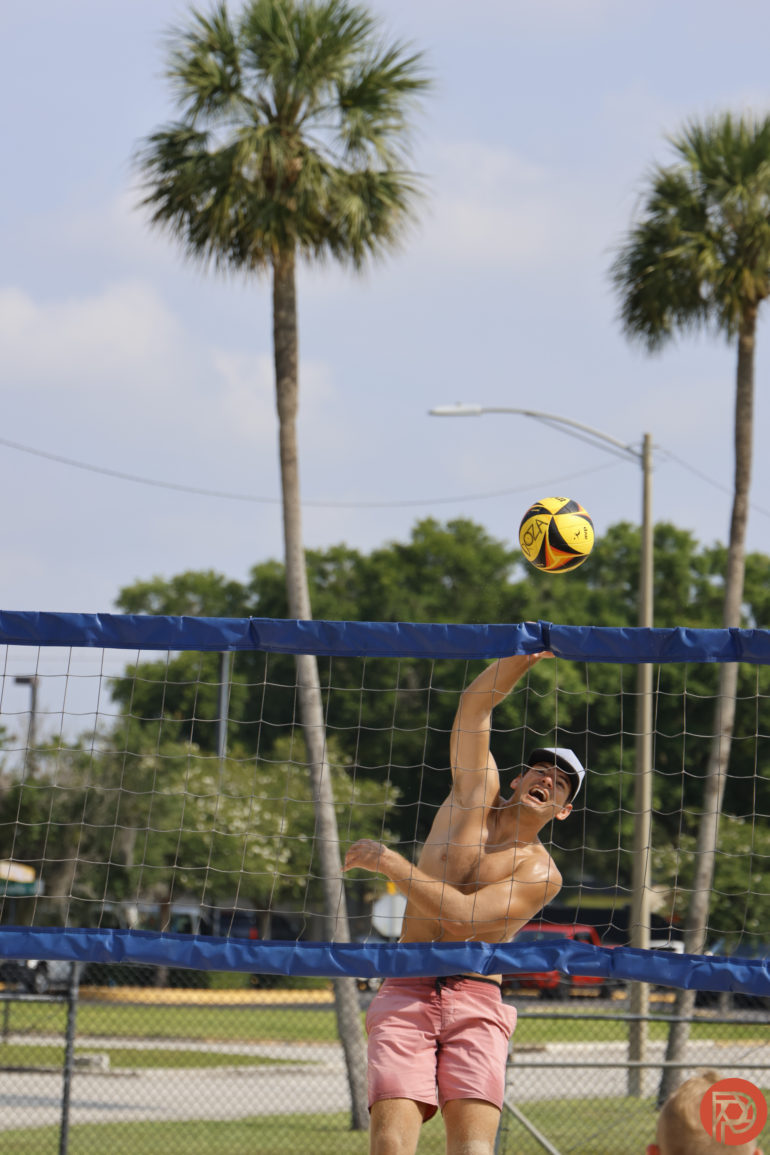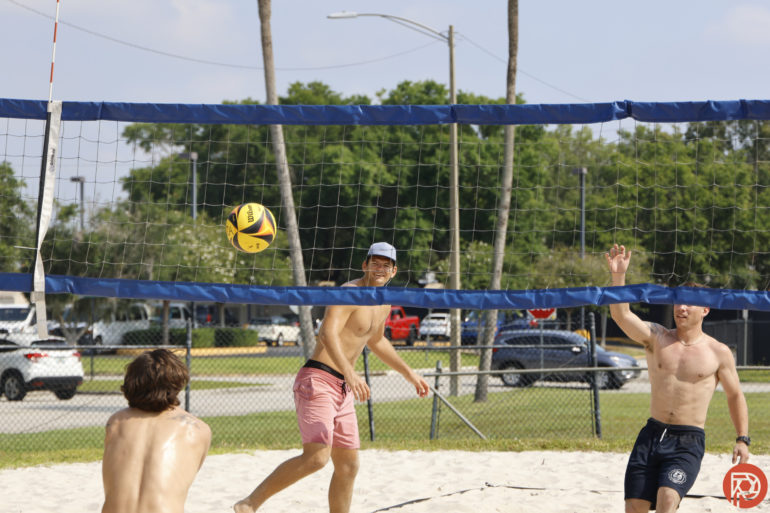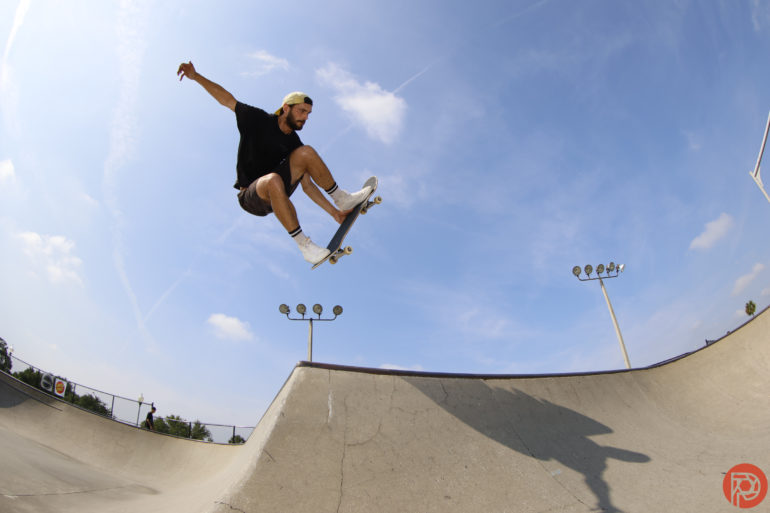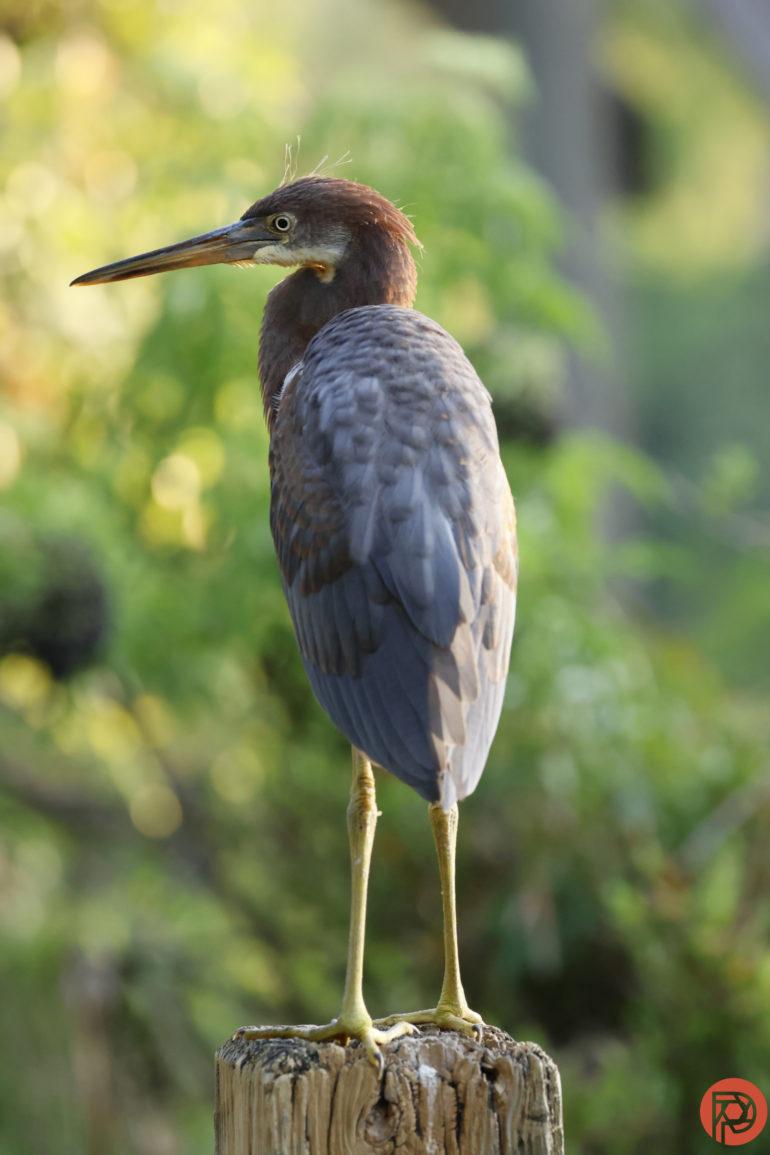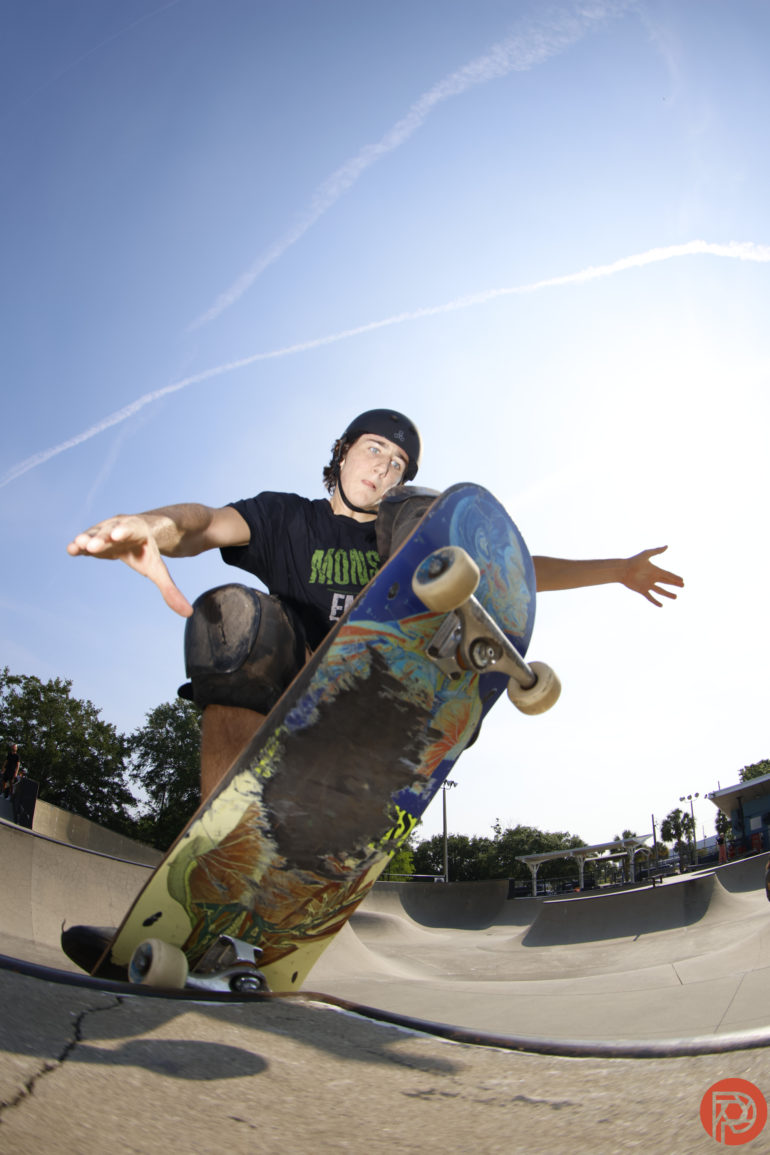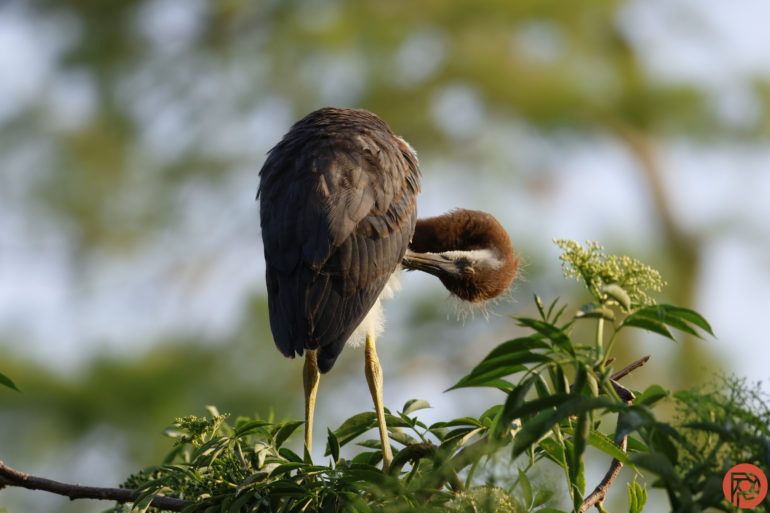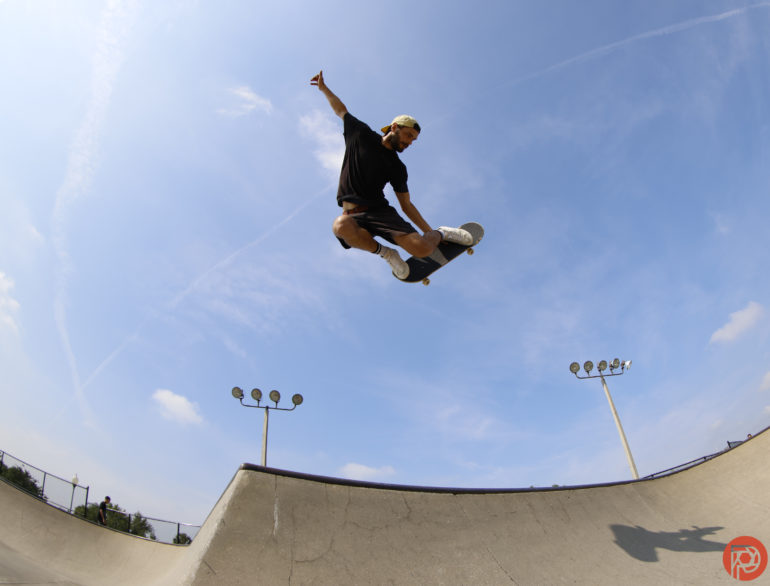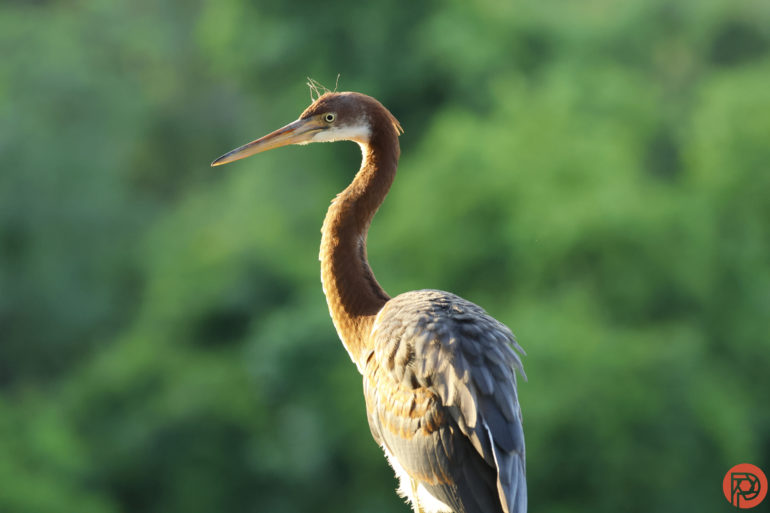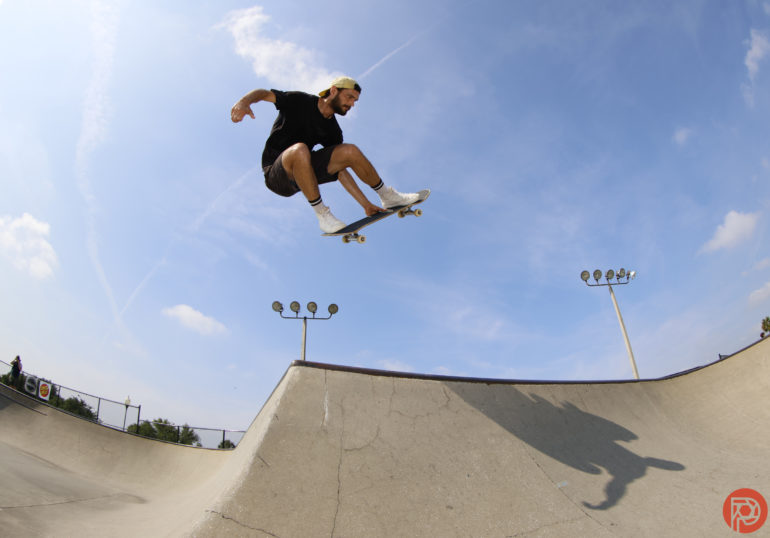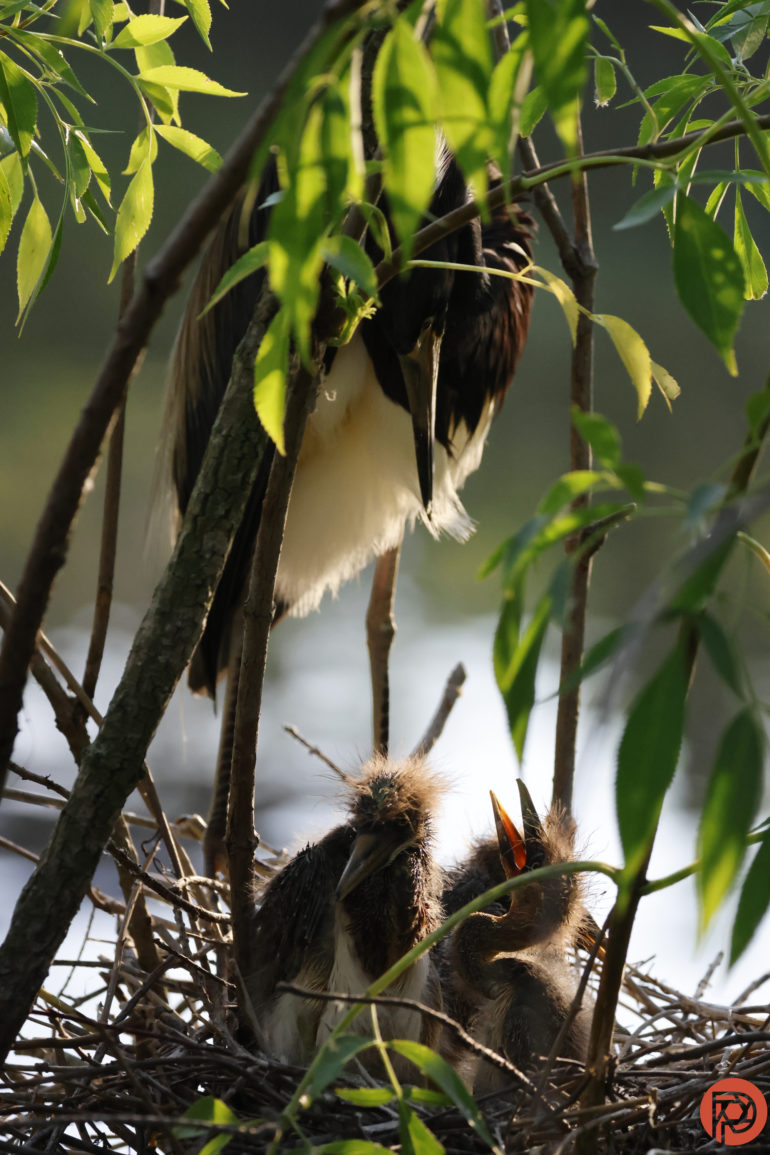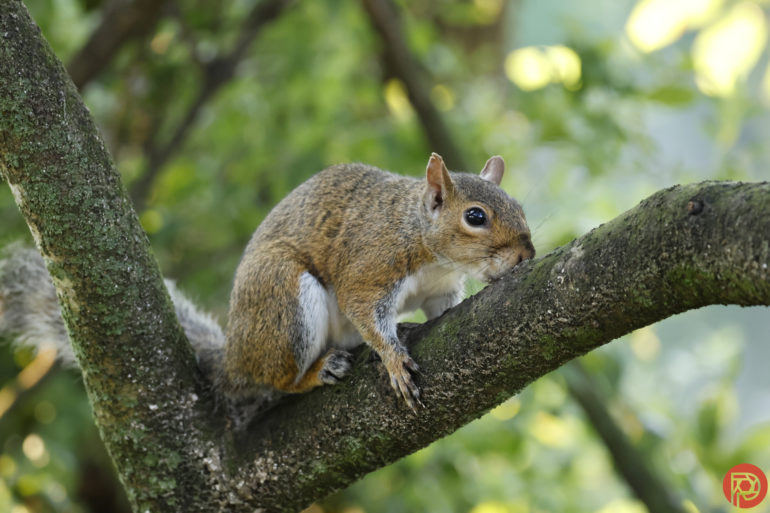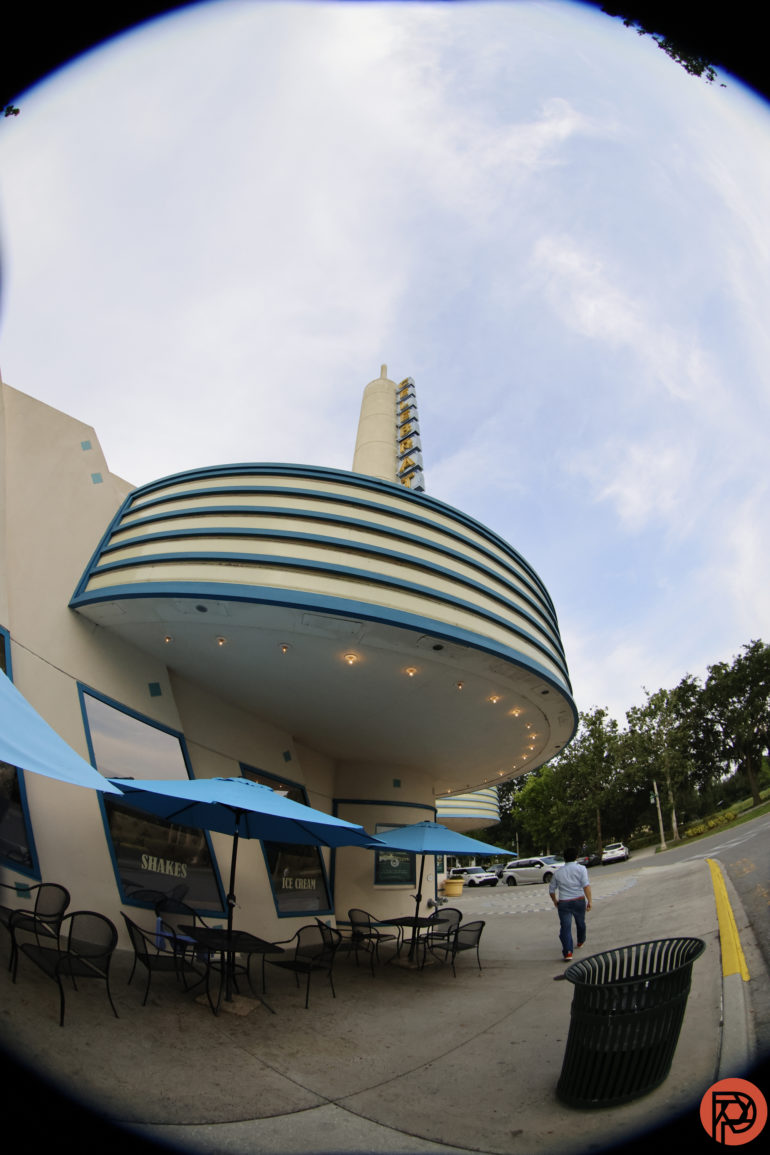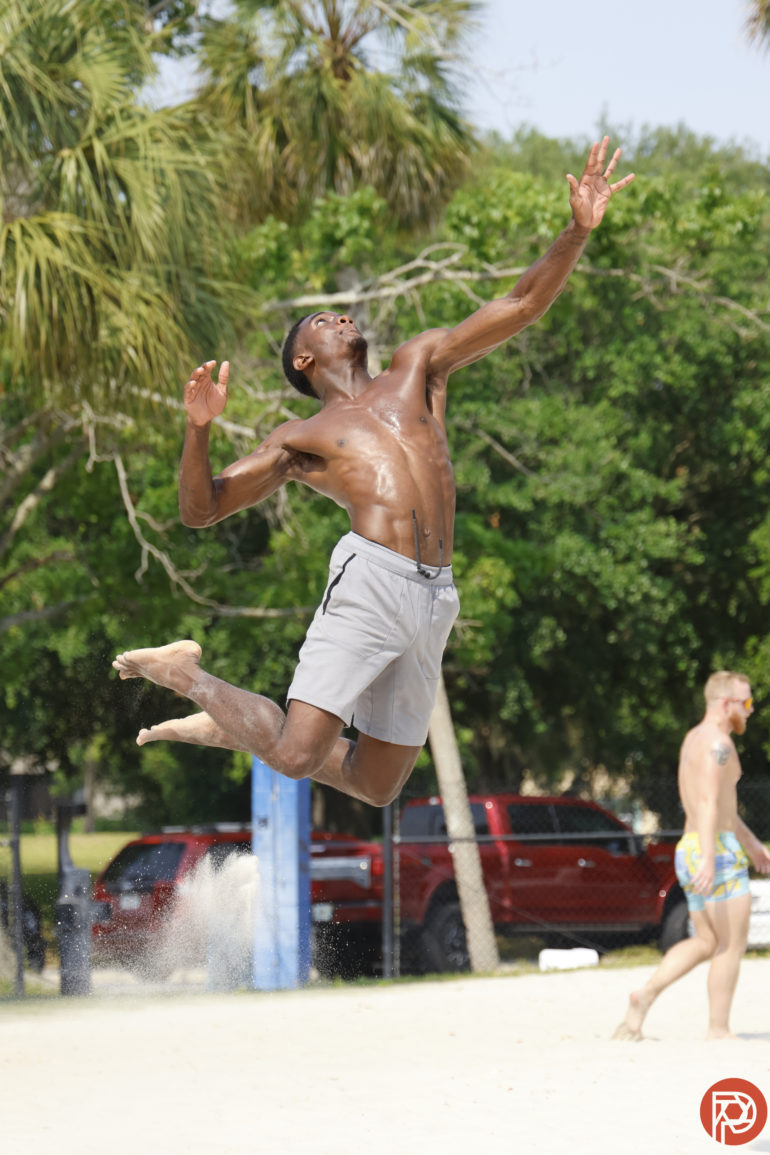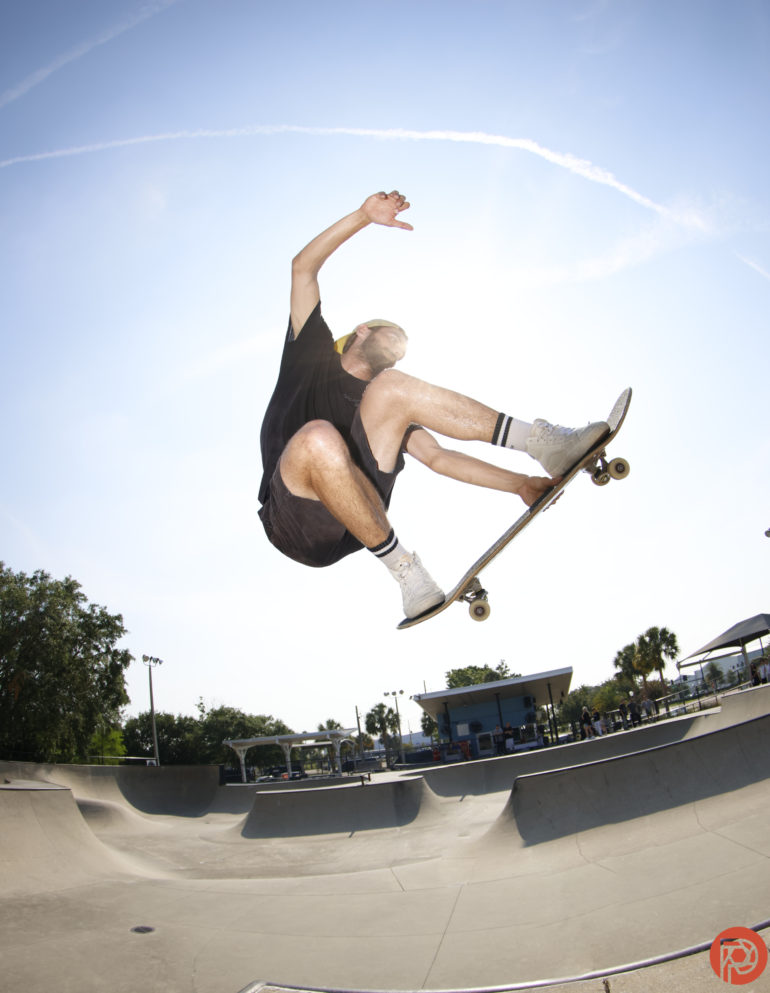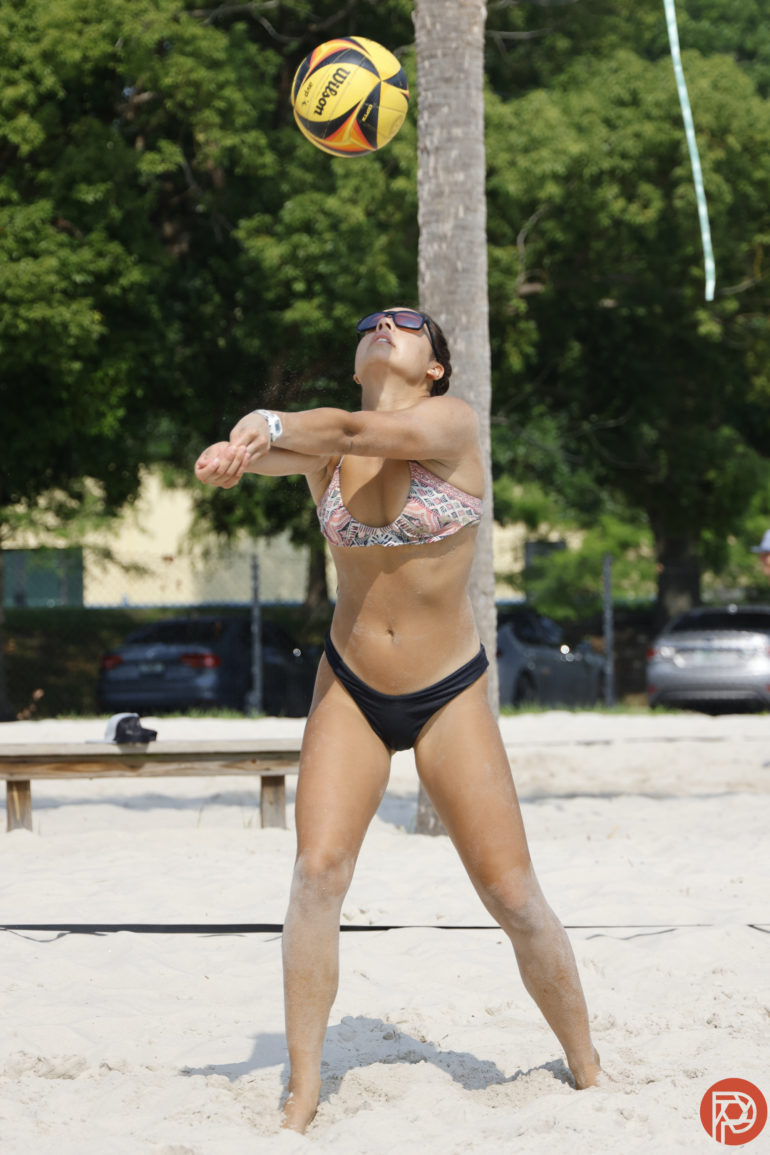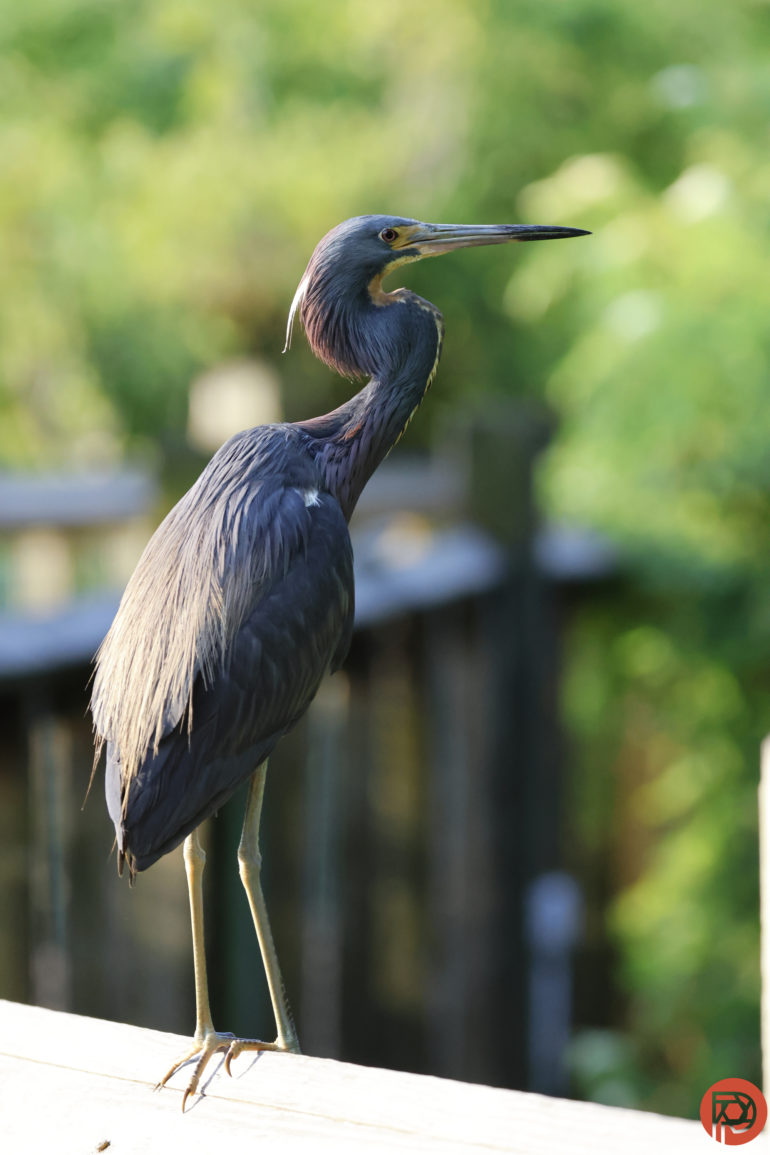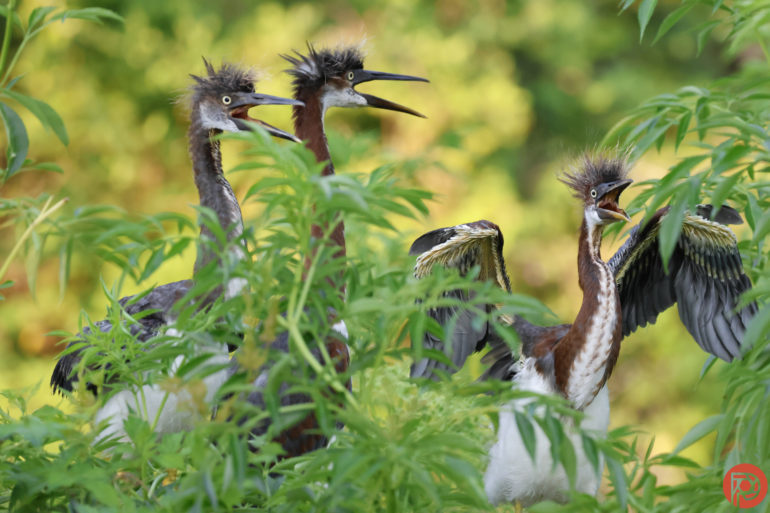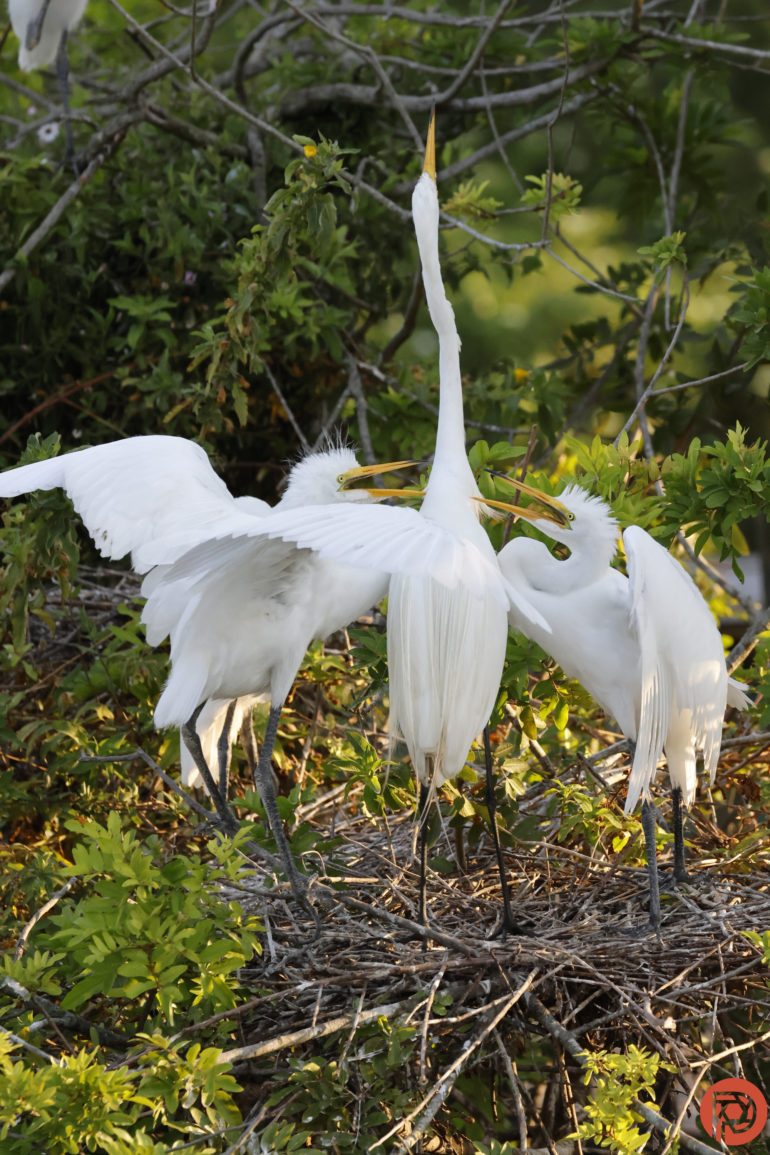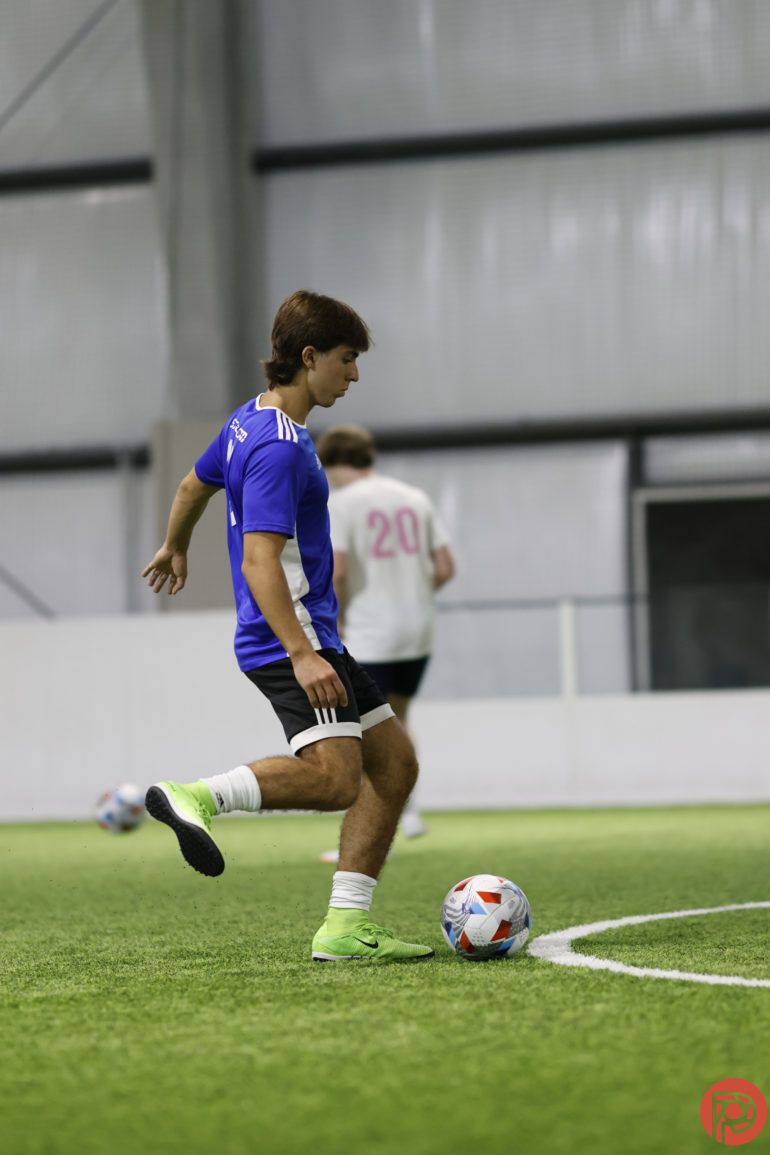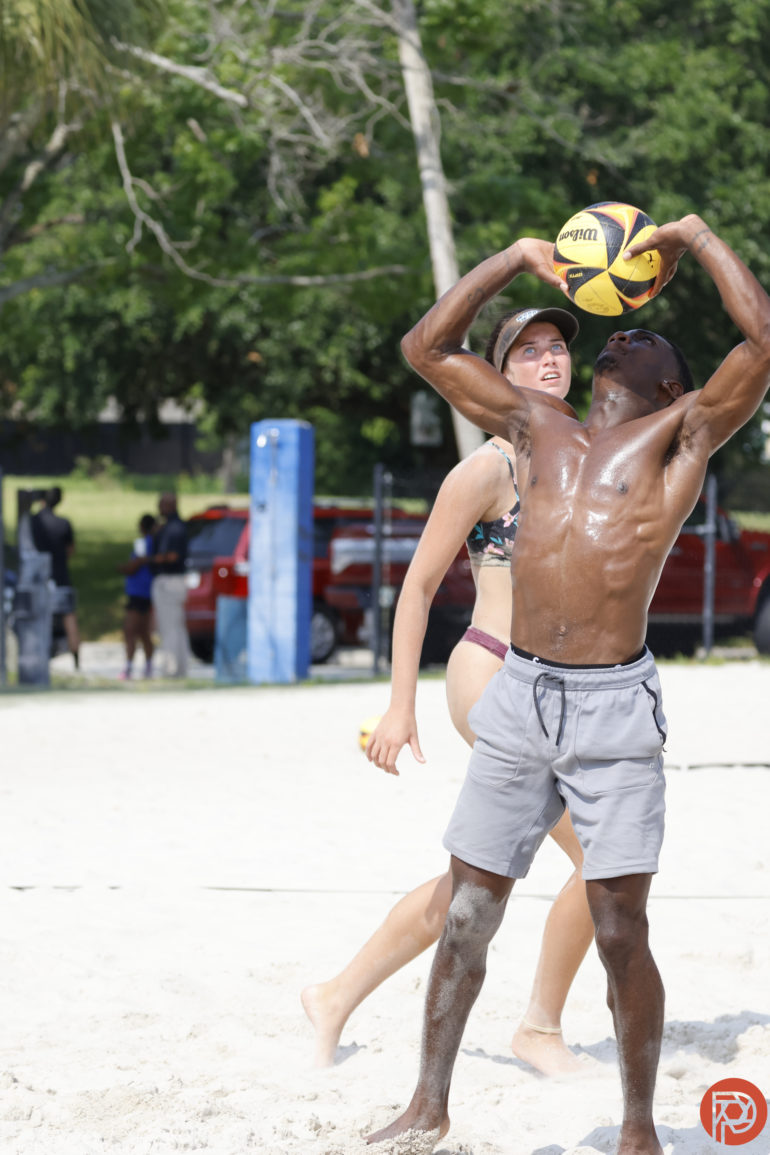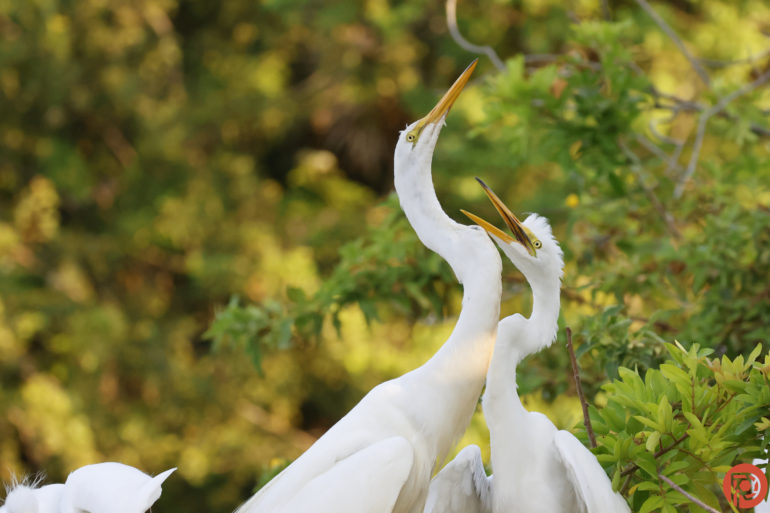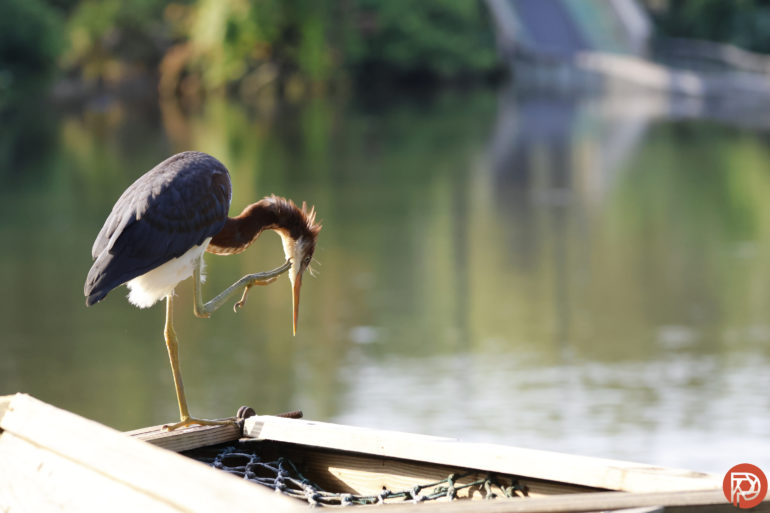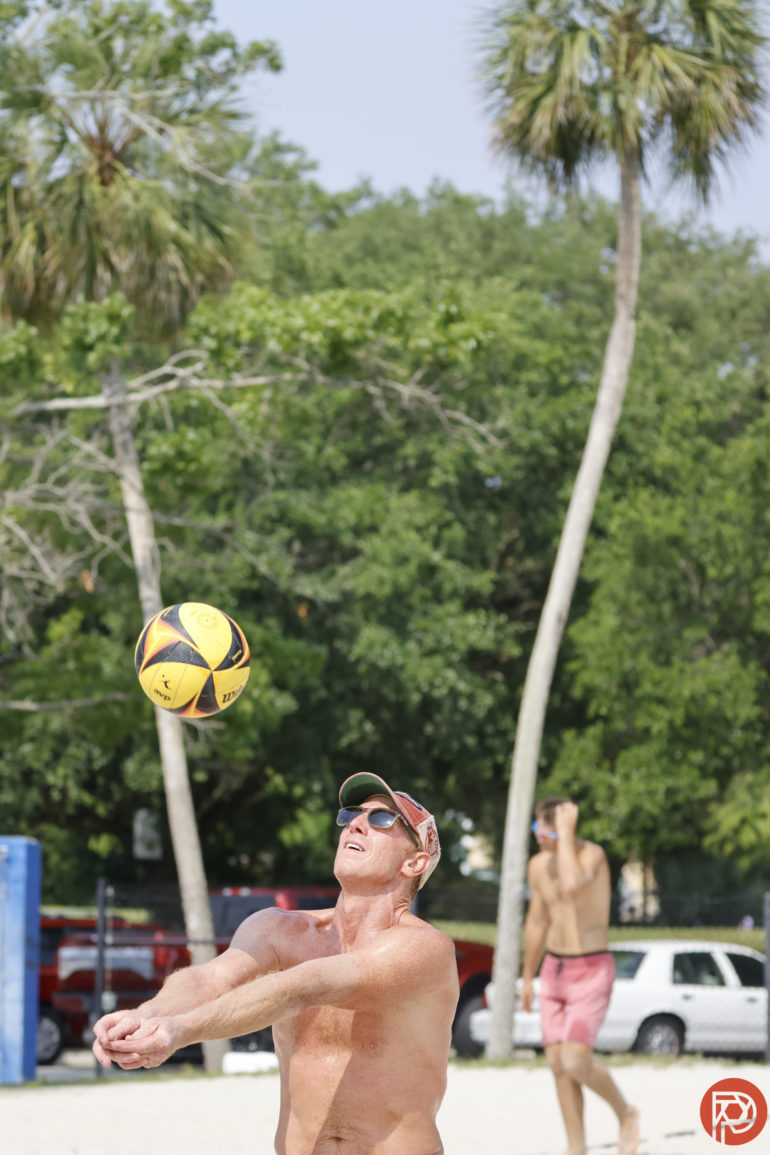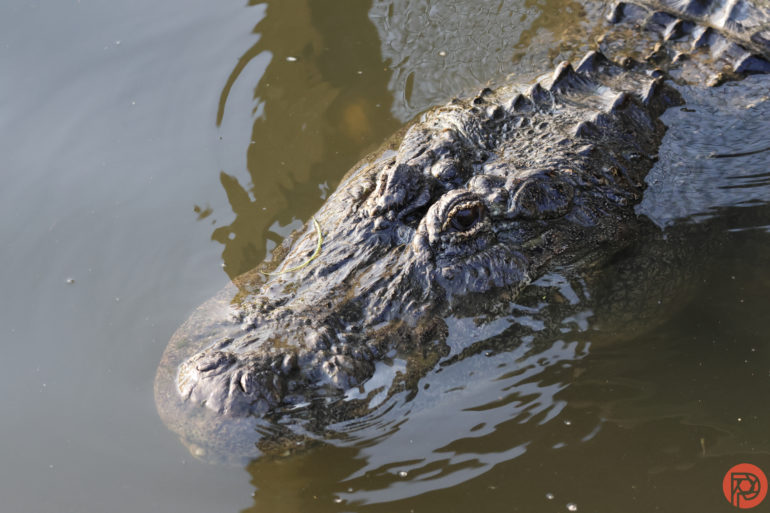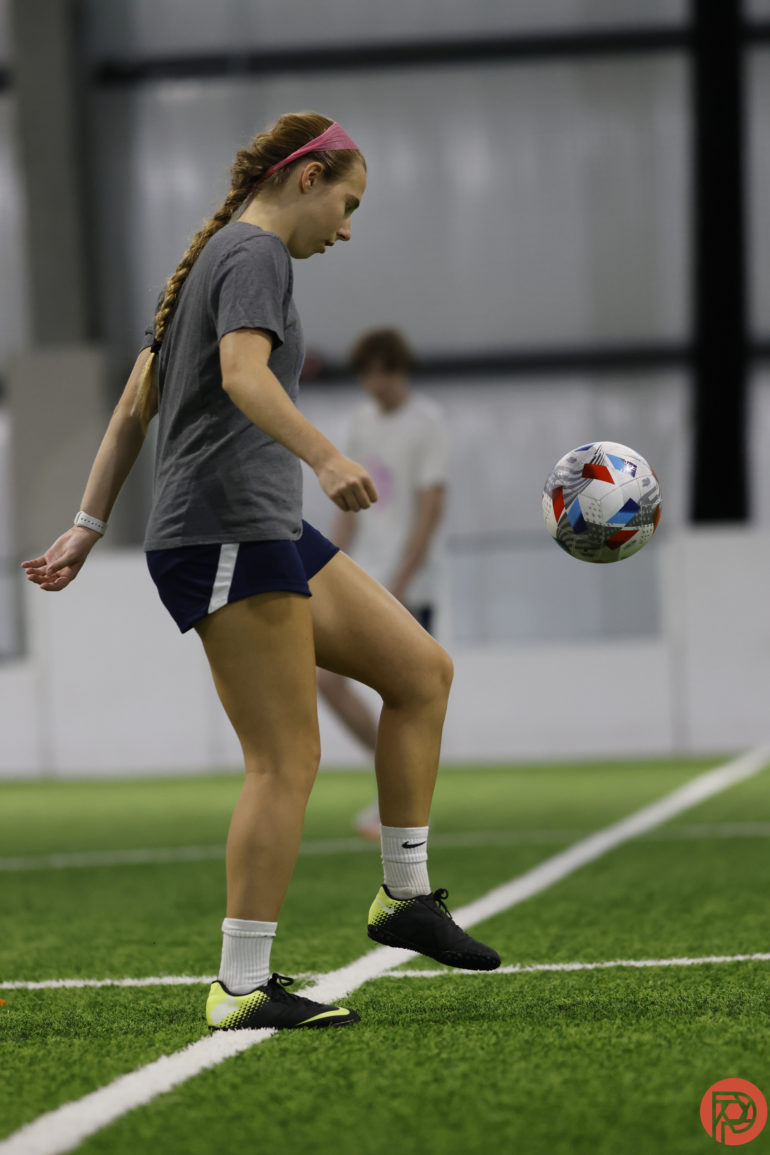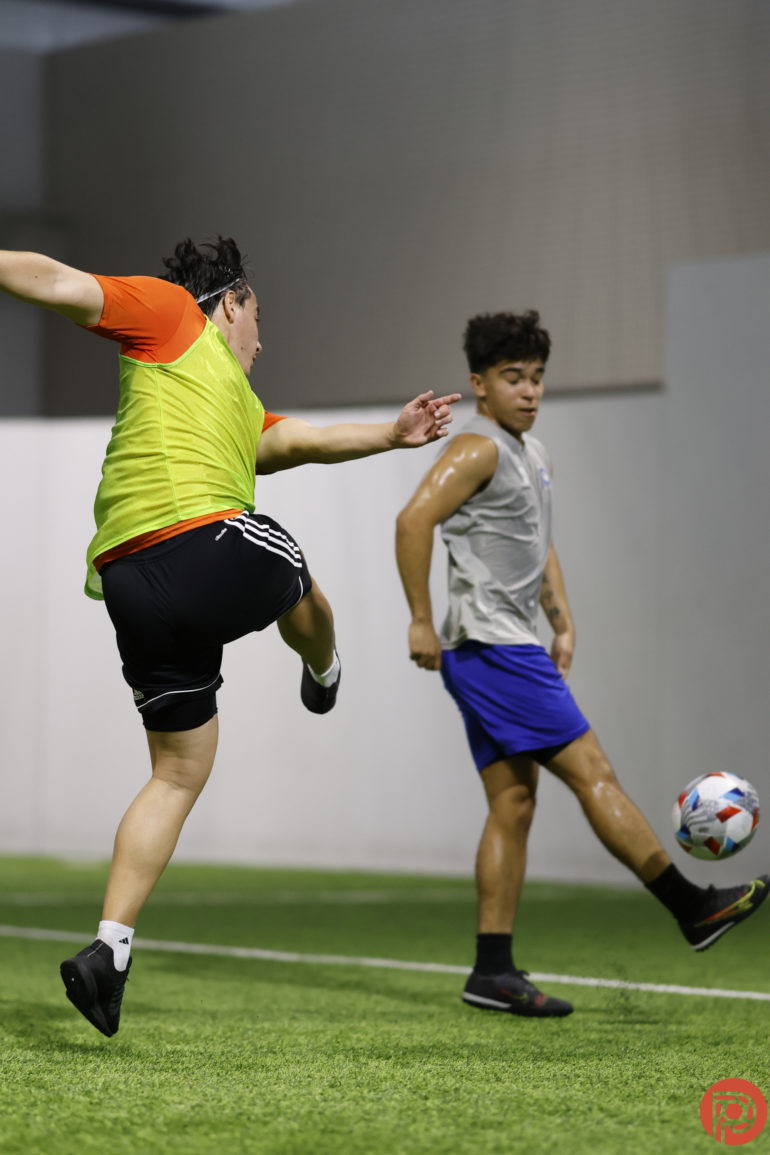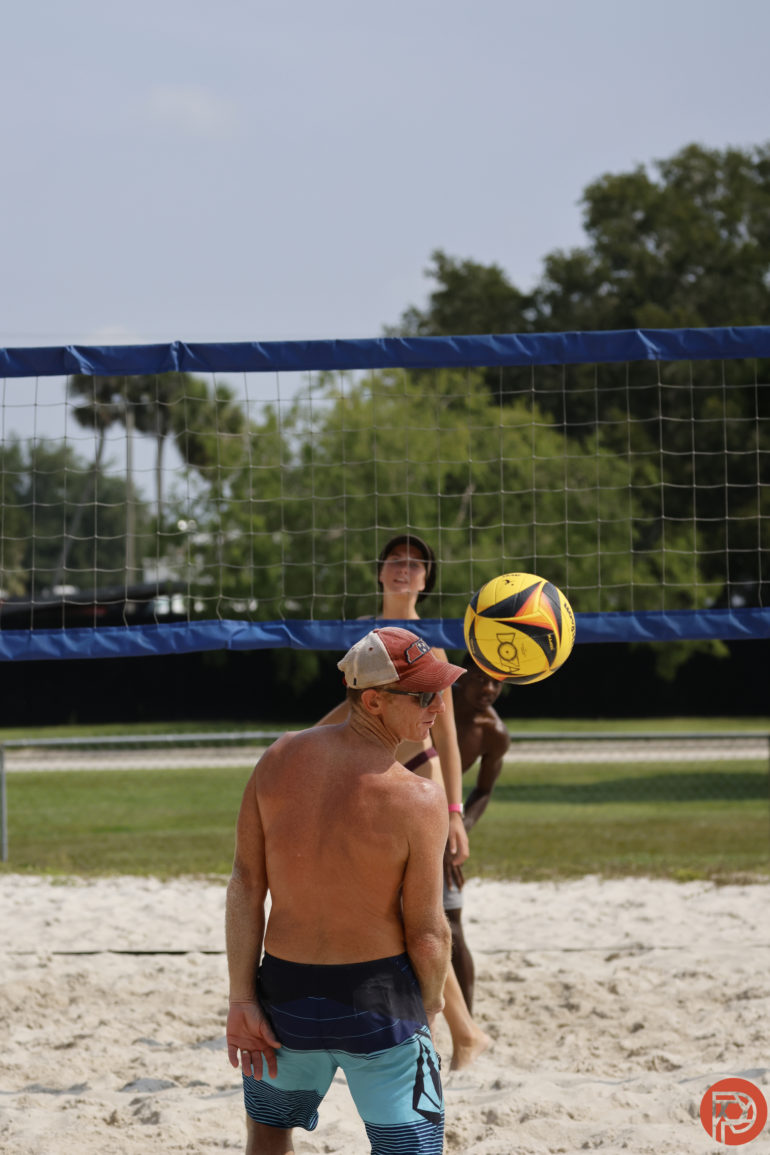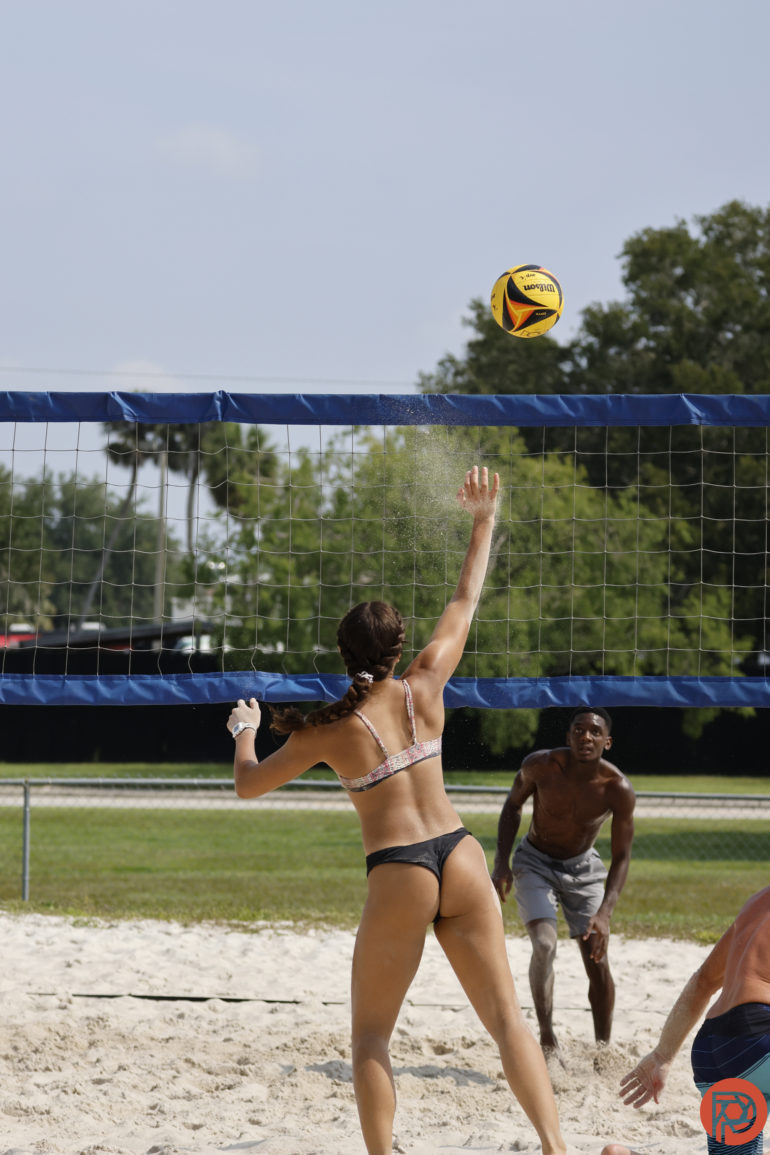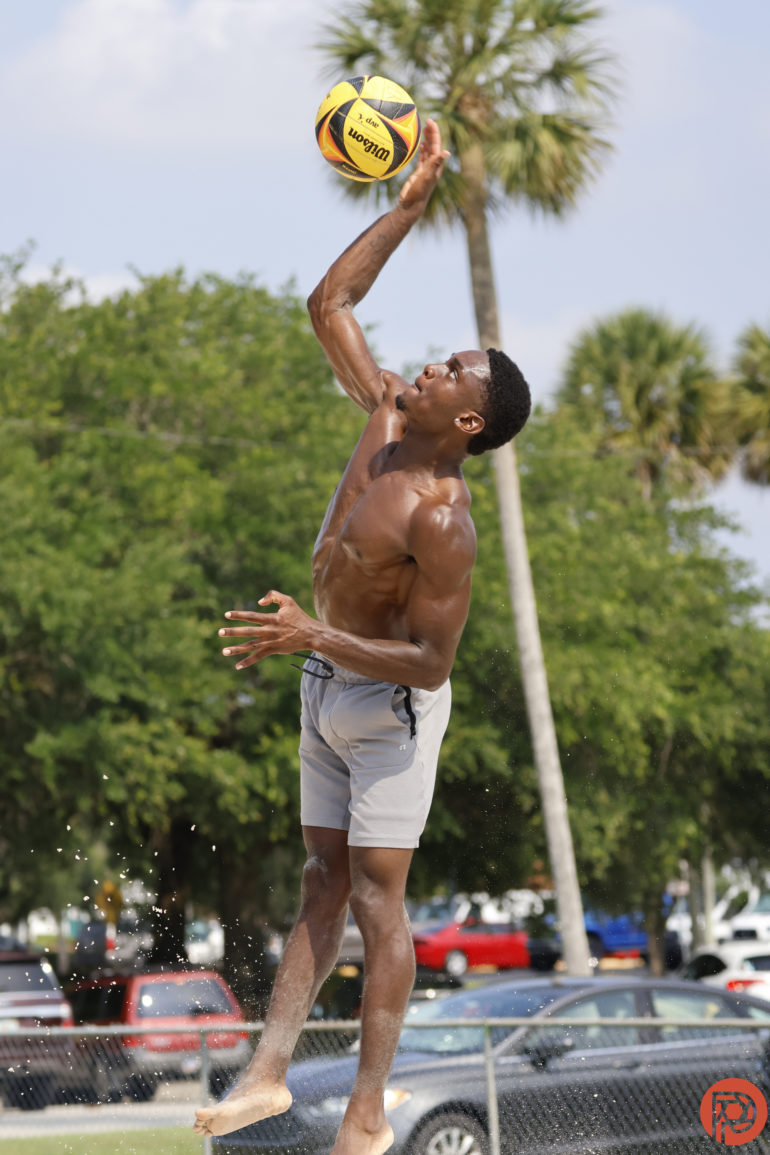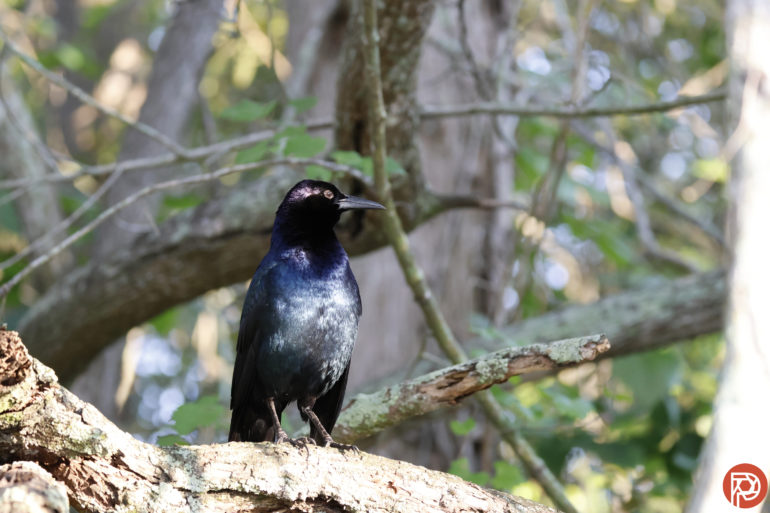The person who buys the Canon EOS R7 is bound to be the same person who purchased the Canon 7D Mk II years ago. Action photographers and wildlife photographers will love its specs and performance. You should know that the Canon EOS R7 has the Canon EOS R3’s autofocus. Previous Canon users will also appreciate its 1.6x crop sensor. So, if you take an award-winning autofocus system and shove it into an APS-C camera, how will it do? And more importantly, how is Canon really differentiating this for action and sports photography?
We hate banner ads too. Download our app for iOS, iPad, and Android and get no banner ads for $24.99/year.
Editor’s Note: All images in this first impressions review were shot on an all-expenses-paid press trip with Canon. We had less than a total of 48 hours with the camera. Of that time we had maybe less than 24 hours to actually use it. The Phoblographer’s editors are trained to resist temptation in the industry, and we genuinely don’t let things like this affect our coverage. The opinions in this report are our own. The Canon EOS R7 is shaping up to be an excellent camera. But this is not our full review and, as we’ve long returned our units back to Canon, that’s still yet to come.
In the past year, we’ve featured photographers who’ve used the Canon 7D and Canon 7D Mk II — which are the spiritual predecessors to the Canon EOS R7. Photographer Anna Laza used it to create some fantastic metaphysical bodyscape photos, though that’s probably not how Canon envisioned the camera being used. Nor did they mean it for photojournalism, but Abriansyah Liberto used it to win acclaim in the World Press Photo awards. Nevertheless, it’s still proof that the camera is capable in the right hands. In contrast, photographer Lance Wilson uses it for action, which is more of where the product was targeted. Note that the Canon EOS R7 was designed with wildlife, sports, and action in mind. Except for a final shoot involving models, the Canon EOS R7 was mainly demoed to us for fast-paced shooting.
Table of Contents
Tech Specs
- Dust and moisture resistance equal to the 90D
- 32.5 MP APS-C sensor with a 1.6x crop
- 15 fps and 30 fps in electronic
- Autofocus is similar to the R3 but not the same since this isn’t a BSI sensor
- Dual SD cards
- IBIS up to 7 stops
- $1499 body only
- AF isn’t as fast because it isn’t a BSI sensor
- Digic C processor
- The sensor moves around a lot for IBIS
- The shutter comes down when powered off
- USB-C charging
- In-camera panoramic shot (jpeg)
- Depth compositing
- Panning mode in scene mode
- HDR backlight control
- It uses the same batteries as the EOS R, EOS R5, and EOS R6.
Ergonomics
The Canon EOS R7 is arguably the flagship of Canon’s APS-C camera line at the moment. Like all of its full-frame siblings, the shutter can come down to protect the sensor. It also sports the RF mount, which means it accepts all RF lenses without an adapter. What’s really lovely is that all the new Canon RF-S lenses can mount onto the full-frame bodies — which will automatically crop as needed.
It’s worth noticing that the AF/MF switch was moved to the bottom of the camera’s front section near the grip.
The Canon EOS R7 doesn’t have a built-in flash for triggering speed lights via infrared control.
On top of the camera are the main controls. Canon has a dedicated ISO button, a video record button, dials, the M-Fn button, mode dial, lock (which I never used), and the on/off/video switch.
On the side are Canon’s ports. There are a lot of them. And the Canon EOS R7 has USB-C charging, which is very important.
On the back is where you’ll see some significant changes. There is a menu button on the top left. On the right side are massive differences from a few previous cameras. You’ll find a D-pad, info button, and more. But the most significant change is the joystick and back dial. They’re more or less stacked.
And, of course, the touchscreen is tilt-swivel.
Build Quality
The Canon EOS R7 is fashioned to be dust and moisture-resistant. Canon told us that the design is close to the 90D. That makes us scratch our heads and ponder what’s to come. It’s not as durable as the Canon EOS R5 and EOS R6. While the 90D isn’t a slouch, I would’ve expected Canon to make it more durable. However, while we were down in Orlando with Canon, I didn’t get to do The Phoblographer’s standard durability tests. Those will be done when a final review unit comes in.
In the hands, this has to be one of Canon’s best feeling cameras in a few ways. Pictured above is the Canon EOS R7 next to the original EOS R — which is almost perfectly sized in my paws. As you can tell, it’s smaller than the EOS R. But it’s superior ergonomically in some ways. The most important differences aren’t visible from the front of the camera.
The EOS R7 has a pretty new and ingenious feat of engineering. Rather than take the traditional Canon back dial and keep it where it’s been for over two decades, they put it around the joystick. Where the back dial used to be is now a D-pad. What’s more, it’s easy to use the joystick and not turn the back dial simultaneously. You have to have intent if you want to turn this dial.
I seriously hope they’ll incorporate this new design when the Canon EOS R5 Mk II hits the shelves.
Ease of Use
Canon’s menu system is very long — though it’s far easier to navigate than Sony’s or Nikon’s. That’s to say that the touch menu system is superior to the other two. If you know what you’re doing, you can quickly get to where you need to be with two screen taps. You can also customize the buttons to do whatever you need. I mostly set the controls up to give me access to parameters like drive mode, autofocus type, single/Servo, etc. I don’t remember being able to find a way to set the camera quickly between animals, humans, and vehicles, though. That’s where OM System, Nikon, and Sony still have a considerable advantage.
One particularly annoying problem I ran into is card management. The Canon EOS R7 devours two SD card slots. (I am using that word specifically because it really shocked me.) When I returned from the trip, I was stunned to see that I’d shot nearly 100GB of photos between this camera and the EOS R10.
At one point while photographing wildlife, I was trying to track a buzzard flying through the air to test the autofocus system. The camera and lens combo were nailing it until the EOS R7 had the nerve to tell me that the card was full. I quite literally screamed, “No!” Other journalists, Youtubers, and Canon reps all agreed this was heartbreaking. Canon, by default, won’t do card overflow. It will record everything to one card and then not even use or pay attention to the other slot. Why? What’s the point of having the other slot if I have to purposely set the camera up to start writing to the other?
When I talked to Canon’s reps about this, they didn’t have much of an answer. The best I got is, “That’s the way it’s been for years.” This logic made some sense back in the CF card days, but not anymore.
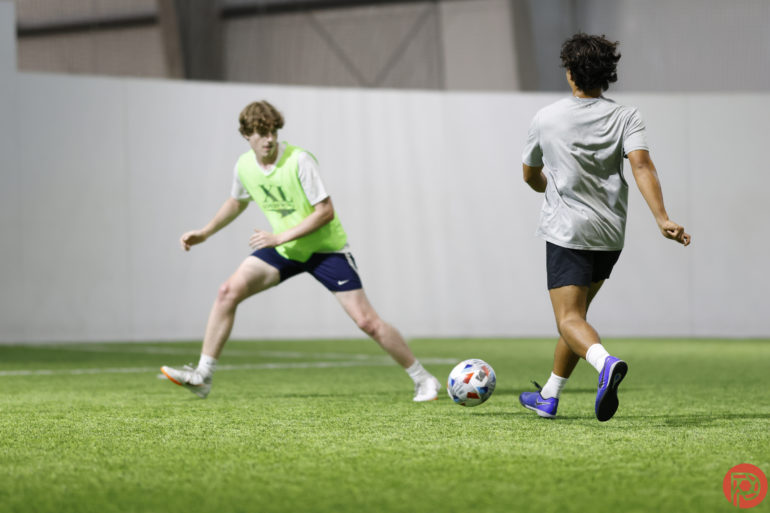
Rolling shutter is what some folks are bound to ask about. And yes, there is some of it, but not a whole lot. I experienced this shooting in the electronic shutter mode indoors. Take a look at the ball above. That doesn’t quite make sense to us.
Autofocus
I wasn’t the one who reviewed the Canon EOS R3 for our site, that was Reviews Editor Hillary Grigonis. But I’ve used the EOS R5 and original EOS R for years now. And if you’re an experienced Canon user, the autofocus will feel right at home. But if you’re coming from another system or progressing from a smartphone, a few things may be annoying.
My favorite way to shoot these days can be seen by some as pretty lazy. With Canon, I set the camera to face/eye detection with tracking and then use Servo focusing mode. In most instances, even with the EOS R5, I can nail the focus. Where it gets more complicated is with switching between subjects like a ball or other people. When Canon let us shoot volleyball players, I had quite a challenge. But once I talked to the reps about using the new autofocus system better, I nailed fantastic images. Here’s what’s different:
- I set the camera to not try to track and switch subjects. It will give you the option of switching to other subjects still, but it doesn’t show you what those other subjects might be.
- I kept the camera in face/eye detection with tracking and Servo focusing.
- Sometimes, it made more sense to use the touchscreen, tap a subject, and then have the camera consistently keep them in focus. This is sometimes far faster than selecting an autofocus group utilizing the joystick.
Using Canon’s L glass, the EOS R7 did a fantastic job through and through. But when I switched to the 100-400mm, I didn’t feel like I was getting results on par. In my review of this lens I’ve said this before, and other staffers have felt similar with Canon’s cheaper zoom lenses. The autofocus felt slower for sure. We have to do more tests, but this leads me to believe that if someone wanted to buy the EOS R7 with the company’s more affordable glass, they’d run into similar issues.
Image Quality
Editor’s Note: Our images are JPEGs right out of the camera as the RAW files can’t be edited in Capture One yet. A few had some cloning and healing done to remove annoying elements, such as Jared Polin of Fro Knows Photo.
The Canon EOS R7 receives a brand new 32.5MP APS-C sensor that Canon claims is their own. Knowing how Canon does things, we’re inclined to say that this is most likely true. It’s backed by a new DIGIC X processor that helps out quite a bit. In fact, I almost never shot below ISO 800. ISO 3200 is incredibly clean. But we’re going to need to do more work with the RAW files to see more results.
Extra Image Samples
First Impressions
The Canon EOS R7 is looking like quite a better product than the Sony a6600 so far. It has insanely good autofocus for wildlife and sports. It also has better battery life. However, Sony’s autofocus is often smarter and easier to use based on a scene’s composition in our various tests. One of the biggest changes is USB-C charging and interface. There’s also a far higher resolution than what Sony gives. Photographers might also prefer the SLR-style camera body to Sony’s rangefinder-style cameras. But for the money, the Canon EOS R7 is looking like quite a great camera.
Stay tuned for our full review to come.


